Stuff We Like
Here’s some of the stuff making my homeschool life a little happier lately.
Here’s some of the stuff making my homeschool life a little happier lately. (We’re Amazon affiliates, so if you purchase something through an Amazon link, we may receive a small percentage of the sale. Obviously this doesn’t influence what we recommend, and we link to places other than Amazon.)
I have been rocking this awesome t-shirt all week. (I don’t even want to take it off to wash it!)
I read this, and I loved it. I was a little worried because it’s different from Jemisin’s other books, and it was a much slower build for me. But I love the idea of cities coming to life in people who represent them, and — as a former New Yorker! — I appreciated the loving, funny tributes to all of NYC’s boroughs.
I’m knitting these mitts for Hanukkah this year.
This is our current readaloud — I found it on a list of “books for people who love Diana Wynne Jones,” and while I have never discovered any books that are actually like Diana Wynne Jones, these lists often point me in good directions. We’re about halfway through, and it’s pretty fun so far.
It’s finally soup season, and this comforting soup is in regular weekend rotation at our house. (I’ve never been able to really get into cold soup — there’s this one fancy chilled onion soup I kind of liked, but mostly they taste weird to me — except strawberry soup, but that’s dessert, so it doesn’t count!)
Suzanne recommended the book, but I started the TV show instead, and four episodes in, I am HOOKED.
I’m in Georgia, where our January runoff elections will determine the balance of the U.S. Senate. (Gulp!) Democrats traditionally have a very tough time getting our voters back out to vote in a runoff. If you want to get involved, you can help remotely by phone banking, texting and writing postcards. Check out one or all of these organizations already doing the work here:
Gift Ideas for Readers Who Love Raina Telgemeier
Graphic novels that really get it inspire a shopping list of playful presents.
Graphic novels that really get it inspire a shopping list of playful presents.
If your tween is obsessed with Raina Telgemeier’s smart, witty graphic novels, these Telgemeier-inspired presents will probably be a hit, too. (We’re Amazon associates — see the sidebar on the right for details — so if you make a purchase through these links we may receive a small commission. Prices noted were correct at time of publication but may change at any time.)
Umbra Hangit Photo Display ($20)
Keep your mind open with an easy-to-change photo arrangement that lets you keep what’s inspiring you right in front of you.
The Raina Telgemeier Collection ($43)
If you don't already have a Telgemeier collection on your shelf, this set — which includes Smile, Sisters, Ghosts, and Drama — will get you started.
Raina’s Mini Posters ($13)
These posters — chosen by Telgemeier herself — include favorite scenes from Telgemeier’s books.
Set of Permanent Fabric Markers ($24)
Wrap these with a pair of white Converse, and give your favorite artist permission to get creative.
Small Letter Board ($12)
Make a statement with this fun magnet letter board that lets you share whatever message matters to you.
Mini Instant Camera ($72)
You’ll always be ready to capture the moment with a super-cute mini instant camera.
Anglerfish Reading Light ($16)
Staying up late with a good book is more fun when you have a kawaii fish to keep you company.
(We’re Amazon affiliates, so if you purchase something through an Amazon link, we may receive a small percentage of the sale. Obviously this doesn’t influence what we recommend, and we link to places other than Amazon.)
5 Art Projects to Do With Your Kids This Fall
Want a little more art in your life? You don’t have to be a great artist to inspire great art in your homeschool with these fun projects.
Want a little more art in your life? You don’t have to be a great artist to inspire great art in your homeschool with these fun projects.
1. Make alphabet art drawings.
Practice handwriting and hone creativity with this project inspired by Stuart Davis: Turn the alphabet into art by connecting letters and filling them in. Directions here >>
2. Paint a mixed media collage.
Use analogous colors to create a bold background, then craft a hot-air balloon from painted tissue paper. Spread this one out over a couple of days. Directions here >>
3. Create a camouflage lizard.
Grab a packet of scrapbook paper or old wallpaper samples, then try to paint, color, or craft a lizard that will blend into your chosen background. Directions here >>
4. Make coffee filter rainbows.
Use markers to draw patterns on coffee filters, then spray them thoroughly with water to make the colors run together. This would be a fun way to make tie-dye place cards for Thanksgiving. Directions here >>
5. Paint a month-long mural.
Divide a canvas into 30 rectangles, and stockpile blue, black, and white paint. Each day, mix a color that looks like that day's sky, and paint one square. At the end of the month, you’ll have an artistic record of your sky-gazing.
This was originally published in the fall 2019 issue of HSL.
8 Ways to Spark a Breakthrough in Your Homeschool
What you can do is engage in the process of putting the spark back in your homeschool exactly the same way you started your homeschool in the first place: with patience, trial and error, and a little expert advice to get you started.
Engage in the process of putting the spark back in your homeschool exactly the same way you started your homeschool in the first place: with patience, trial and error, and a little expert advice to get you started.
Stuck in a rut? The good news is that the occasional rut is part of the natural evolution of a homeschool that’s going well. It’s tempting to view these plateaus — when things are going fine but no one is especially inspired — as a negative. After, all being stuck in one place feels like a problem. But reaching a plateau is usually the result of a lot of committed hard work. When your homeschool plateaus, it’s because you’ve finally gotten things to a place where you’re comfortable and confident with what you’re doing.
After all those years agonizing over curriculum choices, charting individualized learning course designed with your individual kids in mind, and sacrificing substantial amounts of free time and financial wiggle room to make your homeschool work, realizing that you’ve reached a point where you’re so relaxed that everyday homeschool no longer holds major challenges should be as much a celebration as a cause for concern.
So pause, take a deep breath, and appreciate the fact that you’ve climbed high enough to be temporarily stuck. For most of us, it’s no easy task to reach a point where our students are learning, our work is respected, and we’re ready to tackle whatever obstacles attempt to block our paths.
“Contrary to popular belief, a rut isn’t a problem that you should take personally,” says Jenny Blake, author of Pivot: The Only Move that Matters Is Your Next One. “When you hit a plateau, it means you have succeeded in what you were trying to do, and now you are ready for the next even greater growth, meaning, and impact.”
A lot of the early homeschool experience is about climbing: You’re constantly stretching yourself to define and meet your goals. You’re learning new things every day. You’re always trying something new, and poring over books, journals, and homeschool Facebook groups for new ideas for history or science. But a moment comes when your efforts actually pay off: You’re no longer having to create every day, every subject, every year from scratch. Joshua Foer, author of Moonwalking with Einstein: The Art and Science of Remembering Everything, calls it the “OK plateau,” a point where you’re good enough to phone it in when you need to. You no longer have to push yourself every minute to learn new things or experiment with new learning techniques. Your days have found a comfortable routine. You can predict with a reasonably high degree of accuracy what math curriculum will work best for your middle schooler or when your 6-year-old needs a structured spelling program and when he’s learning spelling fine on his own. You’re not worried every minute about getting it right because you know what you’re doing. Plateaus are moments of triumph, but they’re also signs that you need a new challenge to keep learning and growing.
Not every plateau is bad — if you’re starting a new job or project of your own, you may find that a homeschool that runs almost on its own is just what you need. “Not every project has to challenge you, but if nothing in your life is challenging you, you’re going to get very bored, very fast,” says clinical psychologist and life coach Jenny Radcliffe. “You can be in a perfectly enjoyable rut with one part of your life as long as you’re getting challenged in another part.” It’s only when a rut starts to feel like a rut that you need to worry — if you’re bored, frustrated, or unsatisfied, those are signs that it’s time to start climbing again.
“People don’t stop needing to learn and grow, but when you’re busy enough and good enough, you often forget that as complicated as challenges can be to navigate, overcoming them is part of the satisfaction you get with growth,” says Leslie Griffen, a career coach and consultant. When you don’t need to get constantly better to achieve your everyday goals, you can gradually lose passion and satisfaction without even realizing that it’s happening. And when you finally realize it, you’re bored, frustrated, and ready to make any change just so things feel different.
Lots of people make the mistake of jumping right into major changes as soon as they feel stuck, but if you let yourself live for a while with your dissatisfaction, you’re more likely to find a satisfying breakthrough. Realizing that you’re at a plateau isn’t the time to major changes — resist the urge to totally revamp your science curriculum or start studying French or launch a new co-op. Instead, give yourself space to really feel the boundaries of where you are right now and to imagine where you’d like to be a year from now. You can’t force or rush a breakthrough, says Foer. “Breakthroughs often seem like they happen overnight, but — just like reaching a plateau in the first place — getting to a breakthrough is a process that can take time and effort.”
What you can do is engage in the process of putting the spark back in your homeschool exactly the same way you started your homeschool in the first place: with patience, trial and error, and a little expert advice to get you started.
Spark a Breakthrough by Thinking with Your Feelings.
Often, the change we need isn't an intellectual shift but an emotional one.
Danielle* has been homeschooling her three children since 2012, but last year she found herself dreading Monday morning. It wasn’t that things were terrible — she almost felt bad complaining when other people were dealing with math meltdowns or frustrating games of musical curriculum — but the days felt long, and she daydreamed about sending the kids back to traditional school. Then one day it hit her: Homeschooling wasn’t fun. It was engaging, it was academic, it was working well for her kids, but there was a big ingredient missing.
Danielle tried to remember the last time homeschooling had felt really, truly fun. She remembered a big family project, making a board game version of the story of the Odyssey after they listened to the audiobook together. They’d spent weeks drawing the board with its different islands, making cards for each of the characters, and inventing an increasingly complicated set of game rules. They’d had to wrap up quickly, though, Danielle remembered, because she’d only allocated eight weeks to the Odyssey, and it was time to move on.
“That’s when it hit me that the problem wasn’t that I was bored, the problem was that I’d gotten so fixated on a particular destination that I forgot to enjoy the journey,” Danielle says.
She shifted into slow gear immediately. Instead of keeping herself focused on what came next, Danielle immersed herself in what was happening right now, whether that was long-division or medieval Europe, and she encouraged her children to do the same.
“Honestly, our days look almost exactly the same,” Danielle says. “No one on the outside would know anything had changed. But now our homeschool feels like a place I am excited to be every day.
Spark a Breakthrough by Embracing Complete and Total Failure.
Sometimes transcendence comes after a spectacular crash-landing.
“I remember one of my bosses in the tech world telling me after we’d had a launch we’d worked on for almost a year go so completely wrong that we had to re-start the project from scratch that one day, I’d say that failure was one of my biggest successes,” says Laurie*, who left her tech job in 2003 when her son Aiden was born. “She was right, but it was many years before I was able to apply that lesson to my homeschool.”
Sometimes ruts happen because we’re afraid to fail. We stop taking risks, we play it safe, and eventually, our homeschool goes stagnant. Diving into a new challenge doesn’t always mean that you’ll succeed, especially if you define success as having everything go perfectly. (In fact, we can pretty much guarantee that it will almost never mean that.) But if you expand your definition of success to include the willingness to try something, the courage to admit that you’ve failed, a willingness to see where you can improve, and the strength to try again, failure can become a necessary ingredient in the recipe for success.
“If I fail, I know I am one step farther down the road to doing it better,” Laurie says. “As Samuel Beckett wrote: ‘Try again. fail again. fail better.’”
Spark a Breakthrough by Not Trying to Spark a Breakthrough.
Determination and hard work will take you far, but sometimes what you really need is a little fun.
“If you’re working too hard at a breakthrough, you may be working yourself right out of one,” says Kathlyn Hendricks, Ph.D, an Ojai, Calif.-based life coach. Hendricks says working hard is part of success, but for innovation, hard work isn’t enough unless you have a spark to inspire it.
“Many of the world's inventions don't come from people simply working hard and throwing themselves at a project,” she says. “They come from wonder — from curiosity and a willingness to be delighted. That is your fuel source and your reservoir, and most people need to practice it at least 10 minutes a day.”
Hendricks suggests setting aside time every day for just plain fun — do something that engages your mind and that you enjoy without trying to figure anything out or come up with a grand plan. Just play. Let your mind roam where it will. “That’s where new ideas happen,” Hendricks said. “That’s when you know how to focus your work in the most productive way.”
Spark a Breakthrough by Recognizing that Your Breakthrough Only Has to Make Sense to You.
A breakthrough sounds like something that should be worthy of a ticker-tape parade, but it's OK if you're the only one who knows it happened.
Patti’s* biggest homeschool breakthrough was a purple pen. It doesn’t sound very exciting, but for Patti, that pen changed everything. “My daughter was a reluctant writer,” Patti says. “She’d moan and groan her way through every writing assignment like it was torture. She was a fine writer when it came to the actual work. I think if she’d been really terrible at it or really good at it, I would have found better ways to handle it, but I didn’t know what to do with a 7th grader who could write just fine but hated to do it.”
Lots of things in the their homeschool were going right, so Patti let the stress about writing simmer on a back burner of her mind. There were more important things to deal with and more fun things to enjoy, so the writing issue was just a nagging annoyance. “I didn’t worry about it every day, but I thought about it every day,” Patti says.
Then, just by chance, Patti grabbed a purple pen out of the art cabinet to make notes on one of her daughter’s essays. The pen looked pretty on the page, and Patti found herself writing more than she ever had before, circling places where her daughter had chosen the perfect word, jotting questions in the margins, suggesting alterations for choppy or unclear sentences. When she finished, she felt guilty; she’d been having so much fun writing notes that she hadn’t realized how scribbled-over her daughter’s paper would look.
To Patti’s surprise, though, her daughter was thrilled. The extra feedback seemed to be the magic missing piece she needed to get excited about writing. Suddenly writing was a pleasure, and Patti and her daughter both started looking forward to writing assignments.
“It’s such a little thing that it seems almost silly to call it a breakthrough,” Patti says. “But for us, that’s what it was.”
Spark a Breakthrough by Putting Yourself Out There.
Sharing your big plan can help you put it into action.
When you know what you need to do but you need a push to do it, putting your intentions out into the world might be just what you need, says Blake. “We all feel inspired to push through the hard stuff if we know people are holding us accountable, even in a loose way,” she explains.
That was definitely true for Ashley*, who announced her intention to start a homeschool co-op to her circle on Facebook long before she felt totally confident that she was up to the task. Ashley had been dreaming of connecting with a group of like-minded homeschool parents who could team up to put together a middle school program that would take the pressure off her—and other parents — to teach classes outside their comfort zone, but she knew it was a huge undertaking.
“I knew it was what we needed if we were going to keep homeschooling through middle school, so I posted it on Facebook: ‘Looks like I’m going to be starting a homeschool co-op for this fall. Y’all wish me luck.’”
Friends immediately jumped in to wish her luck and to volunteer to help out — one even offered up her preschool classroom for afternoon classes a couple of days a week. Knowing that people were paying attention, Ashley kept pushing forward, and her co-op celebrated its third birthday this fall.
“I might be posting about a high school co-op soon,” she says. “We’re coming up on 9th grade!”
Spark a Breakthrough by Recognizing that Breakthroughs Can Be Incremental
Sometimes a breakthrough is a series of small changes that add up to a big difference.
We tend to think that we’re making progress when something big and dramatic happens — we invest in a new curriculum, we join a co-op, we start a new grade. But often, we’ve got breakthroughs-in-the-making going on all the time. They’re just less flashy and exciting, so we don’t notice them.
Cynthia* says her son’s reading breakthrough was almost three years in the making. Anton, who was 6 at the time, was not interested in anything to do with reading, though he enjoyed making up stories and having his mom read books to him. So Cynthia took a deep breath and decided to follow his lead. Every once in a while, she’d see an idea that might appeal to Anton and added it to their schedule. Anton enjoyed running the letters of the alphabet, as their Oak Meadow curriculum suggested, and he liked dictating stories to him mom, who wrote them down so he could illustrate them. When he finally started reading, enthusiastically and independently, he was 9 years old.
“I would call it more of a process than a breakthrough, but it definitely felt like a breakthrough when he started tearing through the Percy Jackson series this summer,” says Cynthia.
Incremental changes that address your child’s abilities and interests can add up over time to the kind of big breakthrough that revolutionizes your homeschool, even if they feel less dramatic in the moment. In fact, these slow-and-steady breakthroughs can feel the most successful because you’ve worked long, hard, and patiently to earn them.
Spark a Breakthrough by Embracing a Little Silliness
Just because you're taking things seriously doesn't mean you can't find epiphanies through play.
We’ve got goals, we’ve got plans, we’ve got to-do lists, and we’re ready to tackle this homeschooling thing wholeheartedly. Whether we’re totally relaxed unschoolers or seriously academic school-at-home-ers, we are all committed to giving our kids the very best education we can with the very best tools available to us. We take our jobs seriously. But sometimes, maybe we shouldn’t.
“One of the things I’m always telling new homeschoolers is not to forget the fun,” says Teresa*, who runs a workshop for her homeschool co-op helping new homeschoolers get started. “If you don’t have fun, none of the other stuff matters.”
When her own homeschool starts to slump, Teresa says she’s learned to immediately ask “What was the last thing that made us really laugh?” The answer usually reveals what’s missing: “If we last had fun reading a funny book together, I hit the library for a new readaloud. If it was on a field trip, I know it’s time to plan a field trip. If it was a documentary day, I start scanning Netflix. I’ve learned to trust that fun will take us where we need go,” Teresa says.
Spark a Breakthough by Doing It Yourself
Sometimes, a breakthrough is as simple as asking yourself, "Is there another way to make this happen?"
When Amanda* realized her homeschool had fallen into a serious rut, she knew exactly what she needed. The problem? What she needed didn’t exist.
“My kids were bored stiff with the way our traditional history program was structured, and since the rest of our curriculum was built around history, boring history meant boring everything,” Amanda says.
She tried half a dozen different programs, including homeschool favorites like The Story of Us and History Odyssey, but the hands-on, critical thinking-focused, biography-heavy program she was looking for wasn’t out there. She kept trying to make the not-quite-right programs fit into her homeschool, but one day, she realized that there was no point in trying to force a fit that just wasn’t there.
“When school didn’t fit, we made our homeschool,” Amanda says. “I don’t know why it took me so long to realize that when history didn’t fit, we should make our own history.”
Amanda and her two children ended up building a curriculum from scratch, all contributing ideas and resources to the project. After a year of compiling and creating together, they had a history plan that carried them happily through middle school.
*last names omitted for online publication (This feature was originally published in the fall 2017 issue of HSL.)
Spooky Science for Halloween
I’m not really into theme science projects — I think they tend to distract kids from the science that’s happening — but like any good mad scientist, I make an exception for Halloween.
Dry ice and sublimation make an eerie party prop.
I’m not really into theme science projects — I think they tend to distract kids from the science that’s happening — but like any good mad scientist, I make an exception for Halloween. Every year, we host a Halloween pre-trick-or-treating party for our neighborhood, and every year, the kids insist we fill the garage with bouncing smoke bubbles. I pulled this experiment out on a whim the first year we did this, thinking it would be a cool way to fill up our witch’s cauldron. It’s become an essential piece of our Halloween tradition. The costumes have changed from dinosaurs and Harry Potter to Avengers and anime characters, but the “smoke bubbles” stay the same.
The “smoke” is actually carbon dioxide made with dry ice, and the hardest part of this project is making the machine that does this. (See the instructions below.) Dry ice is pretty cool because it sublimates — it turns directly into a gas with no liquid stage in between. Give yourself plenty of time for a few practice runs. (And remind yourself that failure is part of the process!) It’s not hard, but you may need a few tries to get it just right.
This year, I’m planning to push the science a little further: I’ve bought a bunch of winter gloves, and I’m going to see if we can play some smoke bubble catch. I expect things to get a little messy and rambunctious — and frankly, I’m looking forward to it!
How to Build a Dry Ice Bubble Maker
WHAT YOU NEED:
Safety glasses
Knit gloves
Gallon-sized plastic jar with a lid
3-foot piece of rubber
tubing
Duct tape
Liquid soap (Dawn works best) X Small plastic container
Dish soap
Dry ice
Thick gloves
Bath towel
What to do:
Drill a hole near the top of the jar, and attach the plastic tubing to the jar with duct tape. (Basically, you’re making a place for the carbon dioxide to blow out of the jar, through the tube, and into your balloons.) Leave the lid off.
Put on your gloves and safety glasses. (You should never skip this step, but especially don’t skip it this time.)
Break up your dry ice into pieces that will fit into your jar. (I use a hammer for this.)
Fill the open jar half-full with warm water.
Drop a few chunks of dry ice into the water. You’ll see fog immediately, so experiment with using the lid to direct the flow of fog through the tube. (You probably won’t need to actually twist the lid onto the jar to get the flow you want.)
Don’t ever seal the jar and the tube/vent at the same time! If you do, the pressure will build up, and the jar could explode.
Now you’re ready to make your bubbles: Add a generous squirt of dish soap to a cup, and mix thoroughly with about 4 ounces of water. Dip the loose end of your tubing into the soap, just as you would a bubble wand. Slowly remove the tubing from the soap mixture, and adjust the lid of your jar to form a bubble with the gas. (You’ll probably want to practice this a few times to get the hang of it, but once you get a rhythm down, it’s pretty fun.)
When the bubble is the size you want, gently shake it off the tubing. It will be heavier than a normal bubble and fall right to the floor, setting off a cool fog explosion, so be prepared.
Misty Heaslet is a middle school science teacher turned homeschool mom. She lives in western North Carolina. This column originally appeared in the fall 2019 issue of HSL.
Bite Into a Unit Study on Apples This Fall
October is National Apple Month, which makes now the perfect time to take a bite out of the history of the fruit that started the Trojan war, bestowed immortality on the Norse gods, and featured in works by artists from Emily Dickinson to Magritte.
October is National Apple Month, which makes now the perfect time to take a bite out of the history of the fruit that started the Trojan war, bestowed immortality on the Norse gods, and featured in works by artists from Emily Dickinson to Magritte.
Some sources say that apples originated more than 4,000 years ago in the Middle East in an area called the Caucasus, which is at the border of Europe and Asia, situated between the Black and Caspian Seas, but according to Cornell University’s Albert R. Mann Library, a native apple of Kazakhstan, called Malus sieversii, is the ancestor of today’s apples.
Contrary to popular belief (and artistic renditions by Durer and Titian), the apple probably isn’t the fruit that got Adam and Eve kicked out of the Garden of Eden in the Book of Genesis. (Modern scholars blame the pomegranate; Michelangelo’s Sistine Chapel points the finger at figs.) The text refers only to “fruit” on the forbidden tree. Apples may have gotten pulled into the mess because of an unfortunate translation error: malus in Latin can mean “apple” or “evil.”
Apples are heterozygous, which means that if you plant an appleseed, the tree that grows won’t have anything in common with the tree that produced it. In evolutionary terms, this is great — it means that apples are endlessly adaptable and diverse, and it helps explain how a few apple trees brought to the New World could turn into apples grown in every state in the United States. In terms of consistent flavor, however, this potential for variation can leave you with apples “sour enough to set a squirrel’s teeth on edge and make a jay scream,” as Thoreau famously said. The only way to ensure consistent apples is by grafting — attaching your preferred apple cultivar to a stock plant so that the vascular cambium tissues of the plants grow together.
John Chapman, of Leominster, Mass., earned the nickname Johnny Appleseed by collecting apple seeds from Pennsylvania cider mills and using them to set up apple nurseries among the settlers in Indiana, Ohio, and Illinois. Unfortunately — or fortunately, depending on how you look at it — Chapman’s seed-grown apples were mostly only good for making an alcoholic version of apple cider, which is why so many of the orchards he started were burned down during the Prohibition movement.
Of course, the apple may actually end up living up to its tawdry reputation as the fruit of knowledge of good and evil: Bio-artist Joe Davis, part of George Church’s Harvard Medical School lab, is working on a project that would incorporate Wikipedia into the apple genome. He’s using a 4,000-year-old variety of M. sieversii, the world’s oldest apple, to test the theory that binary code based on the four nucleotide bases of DNA will allow information to be stored in DNA. It would take an entire orchard to store all of Wikipedia and eating the apple wouldn’t make you smarter, but it’s still a pretty nifty project.
Great Hoaxes in History — and the Real Stories Behind Them
Researching one or two of them is a great way to highlight the appeal of “fake news” — and makes for a fun investigative unit study.
Researching one or two high-level hoaxes is a great way to highlight the effectiveness of “fake news” — and makes for a fun investigative unit study.
Orson Welles’ infamous War of the Worlds radio broadcast — in which he spun the fictional tale of a happening-right-now alien invasion — probably didn’t freak out as many people as legend likes to suggest, but there have other hoaxes that successfully fooled people for years, sometimes centuries. Researching one or two of them is a great way to highlight the effectiveness of “fake news” — and makes for a fun investigative unit study.
Drake’s Plate
An inscribed brass marker left by Sir Francis Drake and the crew of the Golden Hind is one of those finds that must have seemed absolutely too good to be true when it was discovered in North Carolina in 1936. University of California, Berkeley, history professor — and major Drake buff — Herbert Bolton authenticated the plate himself — but when researchers in 1977 analyzed the artifact, they discovered it was a fake. The pranksters owned up: They’d created the plate as a joke on Bolton and didn’t know how to backpedal when he bought it for the Berkeley library collection.
Get the Real Story: You Wouldn't Want to Explore With Sir Francis Drake!: A Pirate You'd Rather Not Know by David Stewart
Archaeoraptor
Remember the Archaeoraptor liaoningensis? For a shining moment in 1999, it seemed like the link between present-day birds and dinosaurs had been discovered when a fossil found in China turned out to have the arms of a primitive bird and a dinosaur tail. National Geographic magazine published a feature on the fossil, which was immediately snapped up by a U.S. dinosaur museum. So plenty of people were embarrassed when the fossil was discovered to have been glued together by an enterprising Chinese farmer who did some fossil hunting in his spare time.
Get the Real Story: “The great dinosaur fossil hoax” (Cosmos)
The Bathtub’s Birthday
We talk a lot about how people share news on social media without ever fact-checking, but this isn’t a new problem: In 1917, journalist H.L. Mencken wanted to call people’s attention to that very gullibility. He published an article called “A Neglected Anniversary,” celebrating the not-at-all-correct anniversary of the modern bathtub with a lot of made-up “facts.” The joke was on Mencken, though — newspapers continued to reprint the story for years, and people believed the tale of the tub even after Mencken owned up to his trick.
Get the Real Story: Clean and Decent: The Fascinating History of the Bathroom and the Water-Closet by Lawrence Wright
The Masked Marauders
Musical supergroups were all the rage in the late 1960s, and it’s hard to imagine a weirder and more must-hear collaboration than the Masked Marauders, a group that allegedly featured the vocal talents of Mick Jagger, John Lennon, Paul McCartney, and (Nobel Prize-winner) Bob Dylan. Greil Marcus invented the band for a Rolling Stone article, thinking that its over-the-top claims to fame (an extended jam between bass guitar and piano with Paul McCartney playing both parts, 18-minute cover songs) would clue people in on the joke. Of course it didn’t— the self-titled debut album (recorded as a spoof ) sold 100,000 copies.
Get the Real Story: “Masked Marauders ‘Supergroup’ Exposed” (Rolling Stone)
(We’re Amazon affiliates, so if you purchase something through an Amazon link, we may receive a small percentage of the sale. Obviously this doesn’t influence what we recommend, and we link to places other than Amazon.) This article originally appeared in the fall 2018 issue of HSL.
Get to Know Abigail Adams
A feminist and an abolitionist, Abigail Adams—wife of one U.S. President and mother of another—was a woman ahead of her time. Learn more about her with this relaxed unit study.
A feminist and an abolitionist, Abigail Adams—wife of one U.S. President and mother of another—was a woman ahead of her time.
“I wish most sincerely there was not a slave in this province. It always appeared a most iniquitous scheme to me—to fight ourselves for what we are daily robbing and plundering from those who have as good a right to freedom as we have,” Abigail Adams wrote to her husband while he was working on the still-evolving U.S. Constitution. She also pointed out that Adams and the rest of the country’s new leadership had an opportunity to make life a little fairer for women — a suggestion that her husband laughingly dismissed.
Abigail Smith married John Adams in 1764, and the letters they wrote to each other over five decades of marriage read like a history of the young United States. Between 1762 and 1801, the couple wrote more than 1,100 letters, with postmarks from Philadelphia (where John spent most of the Revolution), Europe (where John was an ambassador), New York, Boston, and Braintree, Massachusetts, where Abigail kept the family farm while John’s career took him around the world. “My dearest friend,” Abigail calls her husband, and Lysander, referring to the captain of the Spartan fleet. In the 1770s, she teasingly signs her letters Portia, alluding to the long-suffering wife of the Roman Brutus. In their letters they discuss everything from cattle to philosophy, from politics to smallpox, and Abigail never hesitates to express her opinions. It’s tempting to think about what the United States might have become if women like Abigail Adams had been given a voice in its creation—but while we may lament that lost possibility, there are still plenty of reasons to explore the life of this remarkable woman.
Read This
Elementary: Who Was Abigail Adams? by True Kelly: Don’t let the awful Netflix series put you off these books, which are a solid introduction to historical figures like Adams. This one focuses on homeschooled Adams’ insistence on the importance of education for boys and girls.
Elementary: Abigail Adams: Pirate of the Caribbean by Steve Shenkin: OK, the historical Adams never succumbed to the lure of piracy, but that aside, Shenkin’s twisted history does a great job highlighting the qualities that make Adams so interesting: her intelligence, resourcefulness, and willingness to bend the rules—or at least the societal expectations—for women. In Shenkin’s imagination, Adams decides to get out of the boring White House and onto the high seas.
High School: Abigail Adams: A Life by Woody Holton: Holton focuses on Adams’ early feminism, citing her authority-flouting will (which left her property to her granddaughters even though legally everything she owned was her husband’s), the investments that she made without her husband’s approval, and the reading lessons that she gave a free Black serving boy who worked for one of their neighbors.
High School: Dearest Friend: A Life of Abigail Adams by Lynne Withey: Withey celebrates Adams’ feminist innovations, but she also illuminates their very real limits in this biography, which focuses on the relationship between Adams and her husband, a marriage that was a genuine partnership.
High School: First Family by Joseph J. Ellis: Ellis’s Founding Brothers is essential reading for U.S. History, and this joint biography is a good book to balance out the more laudatory biographies of Adams — Ellis isn’t a fan. He emphasizes that she settled comfortably into her career as a wife and helpmeet, and that she often presents herself as a self-sacrificing, neglected wife giving her all to her husband. He also highlights Adams’ support of her husband’s icky Alien and Sedition Acts, which doesn’t match up to her more liberal statements.
High School: My Dearest Friend: Letters of Abigail and John Adams edited by Margaret Hogan and James Taylor: Nothing compares to reading Adams’ own words. Though you can read the complete correspondence on the Massachusetts Historical Society website, this is a well-edited collection that offers a unique peek inside life in colonial and revolutionary American and the early days of the United States. It was common to destroy these kinds of personal letters and uncommon to have two such literate writing partners, so this collection is a real treasure.
High School: First Ladies of the Republic: Martha Washington, Abigail Adams, Dolley Madison, and the Creation of an Iconic American Role by Jeanne E. Abrams: The first Presidential wives invented the modern-day First Lady role, and this book is a fascinating look at how Adams, Martha Washington, and Dolley Madison brought their personalities and interests to the position.
High School: The Ninth Daughter by Barbara Hamilton: If you like your history with a healthy dose of historical fiction, this series is a delight: Full of rich period details and peopled with familiar characters, The Ninth Daughter kicks off the Abigail Adams mystery series in 1773, where tension is brewing and John Adams has been accused of murder.
Watch This
John Adams (2008): HBO’s biopic miniseries (based on the David McCullough biography of John Adams) stars Laura Linney as a practical, intelligent Abigail Adams who manages the family home and farm while her husband’s politics take him around the country and the world.
American Experience: John and Abigail Adams (2005): This is pretty standard American Experience fare, but it’s a good introduction to Adams’ life and the turbulent period of U.S. history in which she lived.
Do This
Use The Culinary Lives of John & Abigail Adams: A Cookbook to whip up a meal like the ones the Adamses would have eaten—roast turkey, plum pudding, and strawberry fool. The 54 recipes in this book are pulled from the Adams’ letters and contemporary cookbooks, and the history of the included dishes is interesting in its own right.
Write a letter to friend, detailing your opinions on what you believe to be the most important issues of the present day. Be sure to include plenty of details of your life (what did you eat for lunch? what did you do for fun? what are you reading?).
(We’re Amazon affiliates, so if you purchase something through an Amazon link, we may receive a small percentage of the sale. Obviously this doesn’t influence what we recommend, and we link to places other than Amazon.) This article originally appeared in the fall 2018 issue of HSL.
Celebrate the Chinese Moon Festival with a Great Readaloud
Reading together is a favorite way for many Chinese families to celebrate the Mid-Autumn Festival in China — also known as the Moon Festival.
Reading together is a favorite way for many Chinese families to celebrate the Mid-Autumn Festival in China — also known as the Moon Festival.
Marking the end of the harvest season and the full moon, the Mid-Autumn Festival is a little like a Chinese Thanksgiving, focused on celebrating family and friends. So snuggle up, do a little moon gazing, and learn more about the Chinese Moon Festival with one of these readalouds.
Thanking the Moon by Grace Lin
A Chinese American family celebrates the Mid-Autumn Festival with a moonlight picnic in this picture book introduction.
Lin Yi’s Lantern by Brenda Williams
Little Lin Yi has a big job: He’s in charge of doing all the shopping for his family’s Moon Festival celebration. And if he can bargain well enough, he might also be able to buy the red rabbit lantern he yearns for.
Mooncakes by Loretta Seto
On the night of the Mid-Autumn Festival, a little girls listens to her parents tell stories about the brave moon goddess, a magical tree that can never be cut down, and the Jade Rabbit who lives on the moon.
The Moon Lady by Amy Tan
I love that this readaloud (a chapter from the novel The Joy Luck Club) is as engaging for teens as for preschoolers. Nai-Nai tells her three granddaughters the story of the Moon Lady and how she grants secret wishes when she’s asked.
A Full Moon Is Rising by Marilyn Singer
The Mid-Autumn Festival is one of several festivals that celebrate the moon, and Singer’s book is a cheerful poetry collection about all the ways that people around the world come together to honor the moon.
38 Totally Brilliant Comics for Your Homeschool Reading List
September 25 is National Comic Book Day, but don’t wait until then to add these comics to your homeschool reading list. These graphic texts stand up as literature in their own right.
September 25 is National Comic Book Day, but don’t wait until then to add these comics to your homeschool reading list. These graphic texts stand up as literature in their own right.
The first graphic novel was (probably) published in 1978, but it’s really only over the past three decades that comics have found their rightful place as “real literature” on library shelves, thanks in part to groundbreaking graphic novels like Maus, Sandman, and Persepolis. (In case you’re wondering, a graphic novel is, basically, a book-length comic, and the terms can be used interchangeably.) To celebrate National Comic Book Day and the storytelling power of books and art, we’ve rounded up some great graphic novels for your homeschool shelf.
Chi’s Sweet Home by Konami Kanata
It’s pretty much impossible to resist these stories about a stray cat who finds a home with a kind family in a no-pets-allowed Tokyo apartment building. Elementary
Binky to the Rescue by Ashley Spires
Space cat Binky ventures out the window and into “outer space” to rescue his stuffed mouse after a misadventure strands him outside. Elementary
Little Mouse Gets Ready by Jeff Smith
A little mouse gets gussied up one piece of clothing at a time — until his mother reminds him that mice don’t actually wear clothes. Elementary
The Secret of the Unicorn by Hergé
In Tintin’s first adventure, the young journalist tracks down a secret hidden in a model ship. Elementary
The Adventures of Polo by Régis Faller
A little dog sets out to explore the world with his boat, his backpack, and his umbrella. Elementary
Hamster and Cheese by Colleen Venable
In the first book of the Pet Shop Private Eye series, Sasspants the guinea pig teams up with Hamisher the hamster to solve the mystery of the missing sandwiches. Elementary
You Can't Take a Balloon into the Museum of Fine Arts by Jacqueline Preiss Weitzman
This book highlights the collection at Boston’s best-known art museum. Grandma loses a green balloon, which causes a series of artistic mishaps around the city. Elementary
Bone: Out from Boneville by Jeff Smith
The Bone cousins are determined to find their way home to Boneville, which means navigating a wilderness filled with monsters and potential friends. Elementary
Into the Volcano by Don Wood
Talk about drama: Two brothers on a mission to recover their family’s long-lost treasure find themselves trapped inside an erupting volcano. Elementary
Lunch Lady and the Cyborg Substitute by Jarrett J. Krosoczka
The students have always wondered what their lunch lady does when she’s not dishing out lunch in the cafeteria — turns out, she’s serving up justice against bad guys, including a nefarious substitute teacher. Elementary
Babymouse: Queen of the World! by Jennifer Holm and Matthew Holm
The first book in the Babymouse series is a perfect introduction of what’s to come: A sassy little mouse with big dreams tries to navigate life as schoolmouse. Elementary
Luke on the Loose by Harry Bliss
A pigeon leads a boy on a chase through New York City, from Central Park across the Brooklyn Bridge, through an upscale restaurant, and into the sky. Elementary
Sticky Burr: Adventures in Burrwood Forest by John Lechner
In this whimsical tale, a little burr who feels like an outsider in his community sets out on an adventure with his nature journal in hand. Elementary
The Stonekeeper by Kazu Kibuishi
Siblings Emily and Navin must rescue their mother from a strange alternate world in this first book in the Amulet series. Middle grades
The Wonderful Wizard of Oz by Eric Shanower and L. Frank Baum
Eric Shanower’s graphic adaptation of Dorothy’s adventures in Oz is one of the great examples of how a graphic novel can bring fresh life to a classic story. Middle grades
Coraline by Neil Gaiman
The only thing creepier than Gaiman’s original novel about a girl who finds a wonderfully terrible world behind a secret door in her new house is this deliciously eerie graphic adaptation. Middle grades
Zita the Spacegirl by Ben Hatke
Get ready to meet the bold and imaginative heroine you’ve been waiting for: Spacegirl Zita just wants to save her pal from an alien doomsday cult, but she discovers she’s kind of a hero. Middle grades
Foiled by Jane Yolen
Aliera may be a fencing star, but she’s a nobody at school. So when her cute lab partner asks her on her first date, the last thing she needs is to deal with a bunch of magical creatures determined to steal her new fencing foil. Middle grades
Bluffton: My Summers with Buster Keaton by Matt Phelan
In this nostalgic tale of old-fashioned summers, a traveling vaudeville troupe comes to Henry’s town and captivates Henry and his friends with its tightrope walkers and exotic animals—and with a kid performer named Buster Keaton, a.k.a “the human mop.” Middle grades
Smile by Raina Telgemeier
Telgemeier’s one-word-titled graphic novels (see also: Ghosts, Sisters, Drama) are the middle grades graphic novel gold standard. In this one, Raina reflects on her life in dentistry, which includes headgear, surgery, braces, and more. Middle grades
Nimona by Noelle Stevenson
Shapeshifter Nimona teams up with a not-so-evil villain to take down a not-so-good hero in this delightfully fractured fairy tale. Middle grades
Ghostopolis by Doug Ten Napel
Garth Hale gets stuck in the world of spirits when a washed-out ghost handler accidentally zaps him to the netherworld. Being a human in the ghost world comes with certain superpowers — but an evil ruler wants to harness those powers to fulfill his evil scheme. Middle grades
Nothing Can Possibly Go Wrong by Prudence Shen
Can Charlie and Nate’s friendship survive a student government election that features cheerleaders out for blood, killer robots, behind-the-scenes scheming, and (why not?) chainsaws? Middle grades
Astronaut Academy: Zero Gravity by Dave Roman
Former space hero Hakata Soy just wants to be a regular kid — but with mean girls, a roommate who’s obsessed with sports, and a best friend who won’t return his calls, being a student at Astronaut Academy is harder than he expected. Middle grades
The Girl Who Owned a City by O.T. Nelson and Dan Jolley
When a virus kills off all the adults, a teenage girl becomes a reluctant leader, protecting her fellow survivors from starvation, danger, and the ruthless gangs who roam the city streets. Middle grades
Hereville: How Mirka Got Her Sword by Barry Deutsch
A dragon-fighting, bad guy-kicking Orthodox Jewish heroine? Yes, please. Thank goodness this one kicks off a series, because one dose of Mirka Herschberg just wouldn’t be enough. Middle grades
Best Shot in the West: The Adventures of Nat Love by Patricia C. McKissack and Frederick L. McKissack, Jr.
The only thing more fascinating than the story of a liberated enslaved person turned Wild West cowboy is the true story of a liberated enslaved person turned Wild West cowboy. Nat Love is one of those people who brings history to life. Middle grades
Runaways by Brian K. Vaughan, Adrian Alphona, Takeshi Miyazawa
When a group of teenagers discover that their parents are actually supervillains, running away from home seems like the only option. Then they discover that they have super powers of their own, which could be used for evil — or good. Think of it as coming of age story with heat vision. High school
Persepolis: The Story of a Childhood by Marjane Satrapi
This autobiographical account of a precocious kid with Marxist parents who lived through the Islamic Revolution in Tehran in 1979 is utterly riveting. High school
Paper Girls by Brian K. Vaughan
Remember that paperboy from Better Off Dead? These four papergirls would take him down in a couple of minutes. Lucky for the world, they’re on the case on Halloween in 1988, when a bunch of creepy aliens invade Earth. High school
The Encyclopedia of Early Earth by Isabel Greenberg
When someone asks you what a graphic novel can do that a more traditional book can’t, point them to this dreamy, delicate story about stories. A boy from the North Pole falls in love with a girl from the South Pole. The catch? They can’t touch. So they set off on a journey around the world to find a solution together. The book reads like a series of folk stories passed down through hundreds of voices, and the whimsically tender illustrations have a voice of their own. High school
The Gigantic Beard that Was Evil by Stephen Collins
Just go with it: Dave’s an ordinary guy, living a normal life until one day when he grows a gigantic beard that swallows his whole town. This book is surreal, weird, and kind of wonderful. High school
Ms. Marvel by G. Willow Wilson and Adrian Alphona
Kamala Khan is just a typical teenage girl. Well, unless you count the fact that her strict Muslim parents won’t let her go to any parties in her New Jersey hometown. Oh, and that she’s got super powers, thanks to the effects of a weird mist. Kamala is smart, determined, and full of save-the-world pep. High school
This One Summer by Mariko and Jillian Tamaki
Definitely for mature readers (but in the best possible way), this is a coming-of-age story about two friends spending the summer together and figuring out the uncertain terrain between the safety of childhood and the freedom of adulthood. The Tamakis make a bold choice in letting Rose be unlikable, but the resulting book is stronger and more interesting because of it. Bonus: This book has the best graphic novel dance scene ever. High school
The Graveyard Book by Neil Gaiman and P Craig Russell
Not all beloved books translate to graphic format — but The Graveyard Book author knows a thing or two about what makes a great comic (see: The Sandman), and this adaptation delivers. Russell brings to vivid life the peculiarly creepy world where Nobody Owens grows up in a graveyard, raised by ghosts and creatures of the night. High school
Boxers by Gene Luen Yang
In 1898 China, peasants are bullied and abused by foreign devils—and Little Bao is sick and tired of it. Against all odds and with the help of the old Chinese gods, Little Bao builds an army of kung fu-trained peasants (called boxers) and kicks of a successful — and violent — revolution. High school
The Complete Maus by Art Spiegelman
This isn’t a light or simple story — it’s a story about surviving the Holocaust and about being the child of Holocaust survivors. It’s about war and the hard choices that shape us and the way that luck strikes without reason or justification. It’s powerful and difficult and totally worth reading. High school
Through the Woods by Emily Carroll
In this creepy Gothic horror comic, Carroll weaves five spine-tingling tales of the macabre with deliciously eerie illustrations. If you’re in the mood for something spooky, don’t miss this one. High school
This was originally published in the summer 2017 issue of HSL.
Read It and Watch: Great Book-Movie Combos for Your Homeschool
These are some of our favorite book-movie match-ups for family movie nights this fall.
These are some of our favorite book-movie match-ups for family movie nights this fall.
Read: The Hundred and One Dalmations
Watch: 101 Dalmations
Dodie Smith’s novel has a whimsical, Beatrix Potter-esque charm and a Dorothy Sayers-esque wit that make you appreciate the Disney classic even more.
Read: By the Great Horn Spoon
Watch: The Adventures of Bullwhip Griffin
Old-school Disney’s take on the Sid Fleischman’s Gold Rush novel is a surprisingly charming cowboy flick adaptation, even if the ending veers firmly into goofy territory.
Read: The Island on Bird Street
Watch: The Island on Bird Street
A Polish boy keeps his promise to his father by living a Robinson Crusoe-ish life of adventure and danger in the Warsaw Ghetto during the Holocaust.
Read: Howl’s Moving Castle
Watch: Howl’s Moving Castle
Diana Wynne Jones thought Studio Ghibli’s adaptation of her book, about a girl under a curse and a wizard with a not-so-optimistic attitude, was “fantastic.”
Read: Emma
Watch: Clueless
Amy Heckerling brings Jane Austen’s classic into 1990s Beverly Hills in this faithfully unfaithful adaptation.
Read: Escape to Witch Mountain
Watch: Escape to Witch Mountain
Both the original book and its movie adaptation have a 1960s sci-fi vibe that feels a little like a time capsule version of the future, but the story — of orphans with superpowers who must make sense of their origins to save themselves and the world — is timeless.
Read: Lisa and Lottie
Watch: The Parent Trap
Identical twins separated at birth meet for the first time at summer camp and make up their minds to get their divorced parents back together. The book and movie diverge in details but share the same spirit.
Read: Mother Carey’s Chickens
Watch: Summer Magic
Many people miss this charmer from the creator of rebecca of sunnybrook farm, but both the book and the film chronicle the adjustment to make-do, can-do country living with heart and humor.
(We’re Amazon affiliates, so if you purchase something through an Amazon link, we may receive a small percentage of the sale. Obviously this doesn’t influence what we recommend, and we link to places other than Amazon.)
This was originally published in the fall 2017 issue of HSL, and I’d love to expand this list to include more diverse selections. Any recommendations?
Review: Building Foundations of Scientific Understanding
Do you want to teach your kids science, or do you want to teach them how to think like scientists? Rebecca Pickens has the scoop on an elementary to middle school program that lets you do both.
Do you want to teach your kids science, or do you want to teach them how to think like scientists? Rebecca Pickens has the scoop on an elementary to middle school program that lets you do both.
Writing home/school/life’s curriculum column is great fun. However, I have encountered one problem with the job. Just when I think I’ve got my own kids’ curriculum needs sorted out, I stumble upon a fantastic new resource like Dr. Bernard J. Nebel’s series, Building Foundations of Scientific Understanding (BFSU). Suddenly, all of my well-ironed plans are out the window, and I find myself trying something entirely new. Of course, this may well be more of a perk than a problem!
The three-volume BfSU series is a complete curriculum for students in kindergarten through eighth grade. Each volume is expected to take three years to complete. Volume I is for kindergarten to 2nd grade. Volume II targets grades 3 to 5. Volume III is for grades 6 to 8. For this review, I looked at Volume I.
Nebel opens Volume I of his series with the words of Carl Sagan: “Science is a way of thinking much more than it is a body of knowledge.” In a nutshell, this statement sums up Nebel’s approach to science education.
BFSU provides a comprehensive and integrated approach to the sciences. It relies mostly on teacher-led observation, questioning, and reasoning supplemented with hands-on activities. “Learning terminology,” Nebel explains, “is secondary to gaining conceptual understanding.”
A defining feature of Nebel’s program is this emphasis on integrative thinking. The first volume of BFSU explores four areas of science referred to in the text as learning progressions: Nature of Matter, Life Science, Physical Science, Engineering, and Technology, and Earth and Space Science. Rather than teaching each of these themes as compartmentalized units, Nebel promotes a tandem approach.
Students work on each learning progression for one or two lessons before moving on to the next. Well-organized flow charts, one for each learning progression, indicate the order in which lessons should be presented. Following this suggested sequence helps children see the interconnectedness of the scientific topics that they are exploring.
The way that one chooses to rotate through each flow chart is somewhat flexible. If your student is particularly interested in earth and space science and wants to linger there a while longer, she can. However, in order to glean the most from BFSU’s integrated approach, it is advisable not to stray too far from the suggested framework.
Each lesson plan is presented in an engaging, well-organized manner with the following included features:
An overview of concepts that will be addressed
An estimate of how much time is required to complete the core lesson
A list of key points students will understand upon their completion of the lesson
Background knowledge required in order to begin new material
Materials list
Teachable Moments — suggestions to help students fully engage with the material
Methods and procedures to help students interpret their own observations
Questions, discussions, and activity ideas that reinforce, expand, and assess learning
Notes to Parents and Others — a list of practical ideas adults can use to help kids relate classroom experiences to the real world
A list of books with grade-appropriate, supplemental readings
Throughout the book Nebel shares effective worthwhile teaching strategies. In a section titled “Teaching According to How Students Learn,” Nebel cites research examining teaching practices that both help and hinder students in their attempts to acquire scientific literacy.
The findings in this section are relevant not only to the field of science education, but also to learning in general. Nebel is an articulate spokesperson for finding the joy and intrinsic motivation in learning, and his message will resonate with many homeschooling families. In addition, Nebel moderates a website where BFSU users can communicate further about such ideas. Additional links to relevant photos, videos, and readings also appear on the site.
BFSU explores material that is far more advanced than that of other science programs for this age group. However, its engaging nature ensures that children with a range of abilities can successfully participate. Rather than a reliance on dry, text-heavy materials, BFSU helps students engage directly with the subject matter. BFSU inspires Socratic discussions that move children toward a deeper understanding of the subject matter. Students are encouraged to ask questions, to make connections, and discover concepts through activities and observations. In following this program, most children will develop a strong foundation that enables them to successfully pursue high school sciences.
BFSU will appeal to a wide range of learners; however, some considerations should also be taken into account. BFSU is a teacher’s guide. There is no accompanying children’s text. If your child is a visual learner, you will likely want to seek out pictures and other visual aids in order to support your lessons. The straightforward activities in this program are interesting, relevant, and not needlessly complicated. However, if you have a highly hands-on, kinesthetic learner, you may wish to supplement with additional experiments and activities that correlate with each lesson plan.
The full BFSU curriculum is intended to provide a comprehensive foundation in science for students K-8. As Nebel points out, significant gaps in science education are not unusual. To address this issue, even some families with older children may find it best to begin with the K-2 volume. The subject matter is advanced and well-developed, and a third or fourth grader is not likely to find the text’s format or content objectionable.
Primarily a teacher-led program, BFSU does require a deeper time commitment on the part of the parent than most other science programs for children this age. Parents should expect to spend time preparing for classes in advance and to be highly involved in each lesson with their child. At the same time, Nebel encourages instructors not to over prepare for lessons. Leave lots of room for spontaneous inquiry and observation—this is how scientists are grown.
The activities and experiments in this book rely on inexpensive, common materials, many of which homeschoolers will already have in their homes. As the author wisely points out, “Science does not come in a box. It is a matter of looking at and reflecting on the world around us.” Nebel has given the homeschooling community an engaging, secular science curriculum. And he has made this program highly affordable. Print versions of Volume 1 sell for just $24.95. And remember, this is a three-year curriculum. Kindle editions are $9.99 each, and ebook downloads are only $5 each. Books can be purchased online.
Now it’s time for me to go revise plans for my homeschoolers’ science program. fortunately, this is a plan I think I can stick with!
(We’re Amazon affiliates, so if you purchase something through an Amazon link, we may receive a small percentage of the sale. Obviously this doesn’t influence what we recommend, and we link to places other than Amazon.) This column was originally published in the fall 2016 issue of HSL.
Learn More about Ruth Bader Ginsburg
Who knew an octogenarian former attorney could become a pop culture sensation? Ginsburg makes a great feminist unit study.
Who knew an octogenarian former attorney could become a pop culture sensation? That probably wasn’t President Clinton’s plan when he appointed the gender equality and women’s rights activist to the Supreme Court in 1993, but 25 years later, Ginsburg is one of the court’s most recognized justices.
READ THIS
Ginsburg is one of one hundred women featured in Bad Girls Throughout History: 100 Remarkable Women Who Changed the World, a collective biography that might deserve a spot on your bookshelf.
Notorious RBG: The Life and Times of Ruth Bader Ginsburg started out as a Tumblr blog focused on the justice’s feisty, fiery dissents, inspired by the fact that Justice Ginsburg made a point of reading her dissents from the bench instead of politely publishing them for private consumption. The resulting book is a quirky mix of biography, scrapbook, and legal commentary, but the best part is definitely its chronicling of the pop culture art (from tattoos to surrealist watercolors) that Ginsburg has inspired.
Ginsburg’s dissents are also the focus of I Dissent: Ruth Bader Ginsburg Makes Her Mark. Even older readers will appreciate this picture book biography, which includes information about Ginsburg’s work on the Court as well as her childhood, when the left-handed student protested being forced to write with her right hand and objected to being steered into home economics classes when she really wanted to take shop.
To read some of Ginsburg’s impassioned dissents for yourself, visit the Ruth Bader Ginsburg Reading List at the Library at Washington and Lee University. Sure, there are some legal complexities, but for the most part, you’ll be surprised by how readable and comprehensible Ginsburg’s legal writing is.
And finally, find out what Ginsburg thinks about everything from depictions of lawyers in opera to legal problems with wiretapping in My Own Words. The collection includes a broad selection of Ginsburg’s essays and opinions, from her days as a Cornell undergrad to her current role as Supreme Court justice.
WATCH THIS
The 2018 documentary RBG celebrates Ginsburg's early activism, focusing on her early (and largely successful) efforts to redress gender gaps in business and public policy by arguing that the 14th Amendment’s equal protection clause applied to women. This may not seem controversial now, but it was groundbreaking at the time, and the film’s emotional resonance and buoyant spirit is a welcome note in challenging political times.
(We’re Amazon affiliates, so if you purchase something through an Amazon link, we may receive a small percentage of the sale. Obviously this doesn’t influence what we recommend, and we link to places other than Amazon.) This was originally published in the summer 2018 issue of HSL.
Blood-Sucking Reads
Trace the literary history of vampires in popular fiction.
Trace the literary history of vampires in popular fiction.
1819
THE VAMPYRE: A TALE by John Polidori
Perhaps inspired by his pale and irresistible patient Byron (who was originally mis-named as the book’s author), physician Polidori penned this novel about the decidedly Byronic Lord Ruthven as part of a story writing contest at the Shelleys’ summer digs on Lake Geneva.
1847
WUTHERING HEIGHTS by Emily Bronte
The story-spinning housekeeper suspects Heathcliff of being a vampire, and his predatory nature and inexplicable charisma do match up to the suave, languid vampire Polidori created.
1872
CARMILLA by Sheridan LeFanu
A young woman falls prey to an irresistible vampire in a crumbling castle in this novella—only this particular vampire happens to be a young woman.
1897
DRACULA by Bram Stoker
He wasn’t the first vampire, but his story establishes big pieces of vampire mythology, including garlic, stakes, and the vampire hunter Van Helsing. It’s also worth noting that Dracula is no longer a laconic Englishman but a creepy Transylvanian outsider.
1953
I AM LEGEND by Richard Matheson
Matheson imagines vampirism as a type of blood disease that — ultimately — makes real humans the monstrous, violent minority in this book, which manages to be a vampire novel and a zombie apocalypse prototype.
1975
INTERVIEW WITH A VAMPIRE by Anne Rice
The Vampire gets complicated when he tells his own story — he’s not just a fiendish bloodsucker but a tortured hero, conflicted about his addiction to blood.
1979
BUNNICULA by Deborah Howe and James Howe
Vampires are funny and kid-friendly in this story about a vegetarian vampire who regularly sucks dry the contents of the produce bin.
2005
FLEDGLING by Octavia Butler
Butler uses the world of vampires to explore racism through the story of one young vampire who happens to be the only one of her kind with dark skin.
THE HISTORIAN by Elizabeth Kostova
Vampires get literary in this genre- bending novel that’s both an ode to the addictive pleasures of research and academia, a richly detailed historical fiction tale, and a classic Gothic novel.
(We’re Amazon affiliates, so if you purchase something through an Amazon link, we may receive a small percentage of the sale. Obviously this doesn’t influence what we recommend, and we link to places other than Amazon.) This list was originally published in the summer 2018 issue of HSL.
Project-Based Learning for Middle School
Project-Based Learning: Creating Modern Education of Curiosity, Innovation, and Impact is a great resource for homeschool parents looking to make project-based learning part of their families’ learning lives.
Project-Based Learning: Creating Modern Education of Curiosity, Innovation, and Impact is a great resource for homeschool parents looking to make project-based learning part of their families’ learning lives.
I’ve been interested in project-based homeschooling since we started homeschooling, but to be totally honest, my kids and project-based learning have been a match made in … well, let’s just say The Bad Place. Our attempts at project-based learning were unorganized, unfocused, and usually ended in a big mess because someone lost interest or couldn’t figure out what to do next. I would look at other people’s awesome learning projects and wonder what they were doing that I wasn’t.
This has been frustrating because project-based learning feels like the right fit for us for middle school. We spent elementary school developing skills, and I know we’ll get more academic in high school if we continue to homeschool. Right now, though, we’re working hard to stretch ourselves to use our skills in all kinds of ways and to get better at creative problem-solving. I want my boys to figure things out for themselves, and I love the way project-based learning supports self-directed learning.
So I was happy but skeptical when I got the assignment to review a new book about project-based learning. Project-Based Learning: Creating Modern Education of Curiosity, Innovation, and Impact is a great resource for homeschool parents looking to make project-based learning part of their families’ learning lives.
The highlight of this book is the Project Planning Workbook in the back, which breaks down long- and short-term projects into specific steps. If you’re like me, and you love the idea of project-based learning but have not had good luck implementing it in your homeschool, you will really appreciate this step-by-step approach. I was able to take the one-day workbook plan for general research skills and help my boys adapt it into a plan for starting a lawn business in our neighborhood. Working through the specific questions gave them a meaningful framework for their project, and they were inspired to work through the list to complete the project — something that they’ve often struggled with in other projects, which they have tended to give up when the time comes to figure out what to do next.
I also really appreciated the section on finishing a project — especially the idea that a project doesn’t have to be complete to be finished. The authors offer some suggestions for reframing and redirecting stalled projects, but they also give parents permission to let a project that’s just not resonating any more go. I especially like the advice to wrap up a project instead of putting it on indefinite hiatus — you don’t have to complete the project, but you should finalize it with a wrap-up presentation and evaluation instead of just letting it moulder on the shelf. Because this has been a problem for us in project-based learning, going in knowing that quitting would be an official process and not a gradual fading away has been incredibly helpful in making project-based learning feel productive even when a project doesn’t work out.
I will say that the book is written by two authors and maybe because of that, the tone is a little flat. It is full of interesting information, but I would encourage you to skip ahead to the actual project-focused part of the book because the first part, which introduces project-based learning, is very repetitive and makes for dull reading. The problem may also be that the book is trying to be a general resource for all kinds of teachers, and because of that, it doesn’t specifically address the needs of each group. (For instance, a lot of the advice assumes that you’ll have several students working on a project, but for many homeschoolers, that won’t be the case — and there’s often not an alternative suggestion for solo homeschoolers.) I also wish there had been more specific advice for networking contacts and mentors because I think this can be particularly challenging for homeschoolers — at least for introverted homeschoolers like me. I also wish the editing had been a little more consistent. Overall, though, I recommend this as a useful resource for any parents who want to bring project-based learning to their homeschools but aren’t really sure where to start.
Sabrina Diaz is the assistant editor of HSL. This column originally appeared in the summer 2019 issue.
Blair Lee, one of the authors of this book, has a professional relationship with HSL and has written for the magazine. That relationship did not affect our choice to review her book or Sabrina’s opinions of it.
Readalouds with Recipes
Turn your readaloud into a snack with these foodie picture books.
Turn your readaloud into a snack with these foodie picture books.
Cooking together is one the most comforting (and delicious) ways to get through challenging times. “If you’re at home, cooking is a way to nurture yourself and learn things and stay active,” says Pati Jinich, chef and author of Pati’s Mexican Table: The Secrets of Real Mexican Home Cooking. “It’s also therapeutic because when you’re follow- ing a recipe, you put your brain to work and you’re focusing on that instead of thinking about the other worries you may have.” These picture books with recipes are he perfect read-and-eat combo for kids of all ages.
Thunder Cake BY PATRICIA POLACCO
The story: When the rumble in the distance warns that a thunderstorm is on the way, Tricia’s Babushka decides that it’s the perfect time to bake a thunder cake. Usually, Tricia would hide under her blankets until the storm passed, but she’s intrigued by her grandmother’s strange- sounding recipe.
The recipe: Pureed tomatoes are the secret ingredient in this simple chocolate cake.
Amy Wu and the Perfect Bao BY KAT ZHANG
The story: You may identify with Amy Wu, who can’t quite seem to get it together when it comes to making her favorite steamed buns. They’re always too full or not full enough or so soft they totally fall apart, even if they taste good. But Amy’s got a plan, and she’s determined her next batch of bao will be as perfect as the ones the rest of her family makes.
The recipe: You’ll need a steamer to make these Chinese buns, but don’t worry: As Amy discovers, even if it doesn’t turn out perfectly, bao still tastes pretty terrific.
Holy Squawkamole!: Little Red Hen Makes Guacamole BY SUSAN WOOD
The story: In this lively adaptation of the Little Red Hen, the farmyard is more than ready to help the Hen sample the guacamole she whips up even though none of them wanted to help make it. (The culinary history of guacamole at the end is especially interesting.)
The recipe: Every chip deserves a dip in this spicy guacamole.
Tea Cakes for Tosh BY KELLY STARLING LYONS
The story: Tea cakes are a tradition in Tosh’s family, and he loves to listen to his grandmother tell the story of his great-great-great-grandmother Ida who used to sneak a few of the tea cakes she baked on the plantation where she was enslaved back home to her own children. Tosh’s grandmother follows the same tradition, and when she begins to lose her memory, Tosh takes over as the recipe carrier for his family.
The recipe: Sweet, buttery cookies are the stuff memories are made of.
How to Make an Apple Pie and See the World BY MARJORIE PRICEMAN
The story: As Carl Sagan once said, if you want to make an apple pie from scratch, first you have to create the universe. In this playful picture book, you don’t have to create the world but you do have to travel it, journeying around the globe to collect far-flung ingredients for the perfect apple pie.
The recipe: It’s a classic apple pie, but the recipe is a great jumping-off point for creating your own perfect family version. (We mix our apples with boiled apple cider and lots of cinnamon when we’re making the filling.)
Soup Day BY MELISSA IWAI
The story: A little girl and her mom make soup together, from choosing ingredients to ladling up bowlfuls. There’s something intrinsically comforting about soup-making — maybe it’s that we can’t really mess it up beyond repair, and even if we can’t get all the ingredients we’d like, we can still make something delicious.
The recipe: A vegan-friendly vegetable soup with a flexible ingredient list will make your kitchen smell delicious.
What’s Cooking at 10 Garden Street? BY FELICITA SALA
The story: This book lets you peek into the kitchens of the residents of the apartments at 10 Garden Street while they’re preparing dinner. Each family has its own favorite foods from different parts of the world and their own histories, and they’re excited to share these favorites with their neighbors.
The recipe: There’s not just one recipe in this collection — every apartment gets to share a recipe for its dinner — but the stir-fried Little Trees were a hit here.
Peeny Butter Fudge BY TONI MORRISON AND SLADE MORRISON
The story: When Nana babysits, Mama’s schedule takes a backseat to family bonding time. The relationship between kids and grandparents is a special one that may feel on hold for lots of families right now, and this book is a sweet reminder that there are more memories to be made together.
The recipe: Rich, gooey peanut butter fudge is as sweet as a day at Nana’s house.
(We’re Amazon affiliates, so if you purchase something through an Amazon link, we may receive a small percentage of the sale. Obviously this doesn’t influence what we recommend, and we link to places other than Amazon.) This was originally published in the spring 2020 issue of HSL. Want to subscribe?
New Books Roundup
Some big hits (Vanderbeekers! Hilary McKay! Mexican mythology!) and misses (a 90s YA novel set in the mall that should have been awesome but wasn’t) from our late summer reading list.
If you follow us on Instagram, you know that we try to review a new (or newish!) book every week, but since not everyone is on Instagram, we try to do an occasional roundup of those reviews here, too. Here’s what we’ve been reading this summer:
The Mysterious Messenger ★ ★ ★ ★ ☆
The Vanderbeekers to the Rescue ★ ★ ★ ★ ½
The Mall ★ ½ ☆ ☆ ☆
The Time of Green Magic ★ ★ ★ ★ ☆
The Gilded Cage ★ ★ ½ ☆ ☆
Paola Santiago and the River of Tears ★ ★ ★ ★ ☆
The Devouring Gray ★ ★ ½ ☆ ☆
Ever Cursed ★ ★ ★ ☆ ☆
The Glare ★ ★ ½ ☆ ☆
7 Great Audiobooks for Your Family Road Trip
There’s an art to choosing a good road trip book: It needs to have enough action to keep your attention, appeal across a wide range of ages, and be funny enough that you reach your destination with a smile on your face.
There’s an art to choosing a good road trip book: It needs to have enough action to keep your attention, appeal across a wide range of ages, and be funny enough that you reach your destination with a smile on your face.
Half the fun of a road trip is getting there, and when the license plate game and reading road signs have slowed their thrill, you can always count on a good book to make the miles fly by. There’s an art to choosing a good road trip book: It needs to have enough action to keep your attention, appeal across a wide range of ages, and be funny enough that you reach your destination with a smile on your face. It sounds like a tall order, but these books are a good bet.
The Boy Who Lived with Dragons by Andy Shepherd, read by Ewan Goddard
Try this if you liked: The BFG
Where do dragons come from? Tomas definitely didn’t expect that one of the dragonfruits from his grandfather’s garden would hatch a baby dragon, but that’s exactly what happens. Hijinks ensue as Tomas tries to figure out how to take care of his new pet — and keep him from destroying the neighborhood.
The Children of Castle Rock by Natasha Farrant, read by Angela Ness
Try this if you liked: Swallows and Amazons
Maybe it's the lilting Scots accent, maybe it’s the eccentric boarding school story, maybe the it’s the three-friends-on-an-adventure plot, but there’s something about this book that’s absolutely irresistible. When Alice’s up-to-mischief father sends her a request to meet him at an abandoned castle in the Scottish wilds, she teams up with two of her new boarding school friends to make the meeting.
The Girl, the Cat, and the Navigator by Matilda Woods, read by Stephanie Foxley
Try this is you liked: The Wolf Wilder
The seventh of seven daughters, Oona yearns to explore the seas with her father on his ship The Plucky Leopard — but, her father insists, that’s not what girls do. So Oona takes matters in to her own hands, stowing away on the ship in hopes of discovering a magical nardoo.
The Vanderbeekers and the Hidden Garden by Karina Yan Glaser, read by Robin Miles
Try this if you liked: The Penderwicks
With Isa off at orchestra camp, the remaining four Vanderbeekers hatch a plot to transform the abandoned lot next door to their Harlem brownstone into their own secret garden. This is a slow-paced, low-stakes family adventure that makes you wish you knew the Vanderbeekers in real life, too.
Peasprout Chen, Future Legend of Skate and Sword by Henry Lien, read by Nancy Wu
Try this if you liked: Roller Girl
Admittedly a little all over the place, this novel about an ice skating kung fu competition (you read that right) powers through on pure adrenaline-fueled fun. Peasprout and her brother Cricket find themselves caught up in a competition that takes a turn for the political.
How to Train Your Dragon by Cressida Cowell, read by David Tennant
Try this if you liked: The Hobbit
Hiccup Horrendous Haddock the Third is tasked with training a particularly bratty young dragon in this book that’s almost nothing like the movie. (And some of us could happily listen to David Tennant read the back of a cereal box for four hours.)
Ender’s Game by Orson Scott Card, read by Narrated by: Stefan Rudnicki, Harlan Ellison, and Gabrielle de Cuir
Try this if you liked: Ready Player One
Ender Wiggin tests his way into an exclusive government school determined to win the war that threatens humanity. Meanwhile his brother and sister concoct a political scheme to save humanity from itself. This is a sci-fi classic that will keep you on the edge of your seats.
(We’re Amazon affiliates, so if you purchase something through an Amazon link, we may receive a small percentage of the sale. Obviously this doesn’t influence what we recommend, and we link to places other than Amazon.)This was originally published in the summer 2019 issue of HSL.
A Mount Everest-Inspired Reading List
Mount Everest is a story in its own right, a mountain full of mystery, drama, and suspense. These books capture some of the thrills of the world’s highest mountain.
Mount Everest is a story in its own right, a mountain full of mystery, drama, and suspense. These books capture some of the thrills of the world’s highest mountain.
PHOTO: Luca Galuzzi / www.galuzzi.it
“Because it’s there.”
That’s the reason British climber George Mallory gave for his Mount Everest ascent attempt in 1924 — we don’t know whether he made it to the summit or not, but we know that it took 75 years to find his body, frozen in the snow on the legendary mountain’s north face.
There’s something about the world’s tallest mountain that makes it an irresistible challenge in spite of its many hazards — 381 climbing permits were issued by the summer of 2019, and 11 of those climbers died. Since it’s officially been a century since Sir Edmund Hillary became the first white man to make it to the summit of Everest and back down (assisted by 20 Sherpas led by Tenzing Norgay, who reached the summit with Hillary), this is the perfect time to add a little mountain adventure to your reading list.
Jon Krakauer brought Everest into pop culture with his memoir of the 1996 disaster in which climbers were stranded in a storm and eight people died. Krakauer points out the problem with Everest’s popularity: Too many inexperienced climbers can spell disaster when anything unexpected happens. But he also captures the thrill and drama of attempting the world’s highest peak with writing that will keep you on the edge of your seat.
Steve Jenkins does a terrific job illuminating the specific challenges of an Everest expedition, from avalanches and frostbite, to extreme winds and limited oxygen. The cut paper illustrations, though, are the real star here, providing a detailed peek inside climbers’ backpacks, the area’s geography, and the mountain’s geology.
The sheer tension and beauty of the mountain climbing scenes are the highlight of this manga series about the lure and danger of Mount Everest. A photojournalist in 1990s Kathmandu discovers a camera that may have belonged to Mallory and sets off on an adventure to track down a contemporary daredevil climber and solve the mystery of Mallory’s attempt.
Gordon Korman's three-part adventure series would make more sense as a single book, but that fact aside, this is a gripping and suspenseful tale of four climbers competing to become to youngest person to successful scale Mount Everest. Naturally, there’s some natural disaster and sabotage to make things a little more complicated.
If you want to bring a little science into your Mount Everest studies, this volume delivers, giving a significant chunk of its attention to the effects of climate change on the world’s highest mountain.
Kids inspired by Everest will love the alphabetical breakdown of details in this guide by an Everest climber that includes plenty of details for the armchair climber (including gruesome details like what real-life frostbite looks like) and the can’t-wait-to-get-started enthusiast. (Start with the trees in your own backyard.)
(We’re Amazon affiliates, so if you purchase something through an Amazon link, we may receive a small percentage of the sale. Obviously this doesn’t influence what we recommend, and we link to places other than Amazon.) This was originally published in the summer 2019 issue of HSL.
How to Write a Homeschool Mission Statement (And Why You Should)
A mission statement can help you set a purpose so that your secular homeschool feels deliberate and successful.
It’s easy to get so caught up in your everyday to-learn lists that you lose sight of the bigger picture of what you want your homeschool life to feel like — but a mission statement can help you set a purpose so that your homeschool feels deliberate and successful.
A clear mission statement is what gives your homeschool focus, says Lillian Ahern, a life coach and homeschool mom. “Your mission statement is what helps keep you on track, helps you choose between Option A and Option B, helps you stay in touch with the values that matter to you, and helps you set goals and celebrate success,” say Ahern. “It’s one of those crucial things that we often don’t realize we need.”
A mission statement does three great things for your homeschool:
A mission statement gives you focus. With so many options — for curriculum and classes and activities and philosophies — how do you choose? If you have a mission statement, you choose the options that best line up with what's important to you. If family time is important, you might not want to sign up for every single activity so that you have plenty of downtime together at home.
A mission statement prepares you for problems. Sadly, it can't eliminate all your homeschool problems, but it can help you see them coming so they don't knock you over one Monday morning. For instance, if preparing your kids for college is a goal and you know you don't want to teach high school math, you have plenty of time to figure out a way to deal with high school math that doesn't involve you teaching it.
A mission statement gives you metrics for success. One of the biggest challenges for homeschoolers is knowing whether we are doing a good job — are our kids learning what they need to? And what standard do we use to determine that anyway? A mission statement gives us our own standard of measurement, and we can evaluate each year in terms of how successful we were at living up to our mission.
So how do you write a homeschool mission statement? If you've never written a mission statement, it's surprisingly straightforward — no corporate lingo required. Instead, think about three big questions: What will your homeschool do? How will you do it? What will be the end result? After you've spent some time brainstorming in your preferred way — whether that's journaling, mood board making, or just talking it through with a friend — identify two values and one big-picture goal for your homeschool.
Values are the things that are important for your family — the ideas that you want your homeschool to support and reinforce. When we started homeschooling, we were pulling our daughter out of traditional school, so my values ended up being reactions to things that I didn't like about our life with her in school: 1, I wanted my kids to develop a deep love of learning and the confidence in their abilities that goes with that, and 2, I wanted our family life to anchor our days. Your values may be reactive, too — they may point to something happening in your life that you want to change — but they can also be proactive, envisioning future possibilities. Your values may include things like giving your kids a diverse and inclusive education that isn't whitewashed, or showing them the world through travel and learning, or nurturing their creative spirits. Every family's values will look a little different — that's one of the great things about homeschooling, being able to take those individual values and use them as a cornerstone in building your child's education. As you think, you'll probably come up with way more than just two values, so one of the challenges of writing a mission statement is honing in your focus to the two that best reflect what is important to you. Focusing in on just two values gives you a clear picture of your homeschool priorities — if you try to make everything a priority, you'll end up with perpetually scattered priorities. (Don't let this scare you: Lots of times, you'll recognize that many of your priorities can fall under the umbrella of one bigger value.)
In addition to values, you need a goal — something your homeschool is working toward. For us, that goal was always to prepare my kids so that they had all their options open for whatever they wanted to do next. (I didn't go into homeschooling expecting that we'd keep doing it all the way through high school, even though that's how it turned out!) Your goal might be to prepare your kids for college, or to meet your state's academic standards every year, or to empower them to start a business, or to give them the tools they need to build whatever future they imagine, or to enjoy their childhoods without worrying about the future. Just as with values, your goal is likely to be unique to your family — and you may have a big goal that carries you all the way through high school or a smaller goal that's focused on getting you through the next six months. Either way is totally okay, as long as it reflects what's really important to you for your homeschool.
To turn your values and goal into a mission statement, all you have to do is combine them into a sentence. It doesn't have to be a fancy sentence — in fact, when it comes to mission statements, simpler is better. (Our is just “I want our homeschool to instill my kids with love and confidence for learning and to put our family life first, so that my kids are emotionally and academically prepared for whatever they want to do next.”) Do take the time to write it down, though — preferably in your own handwriting because there's something weirdly empowering about the physical act of writing out a mission statement. Write yours on a fresh sheet of paper in your best handwriting, and see if it doesn't make you feel a little more confident about homeschooling.






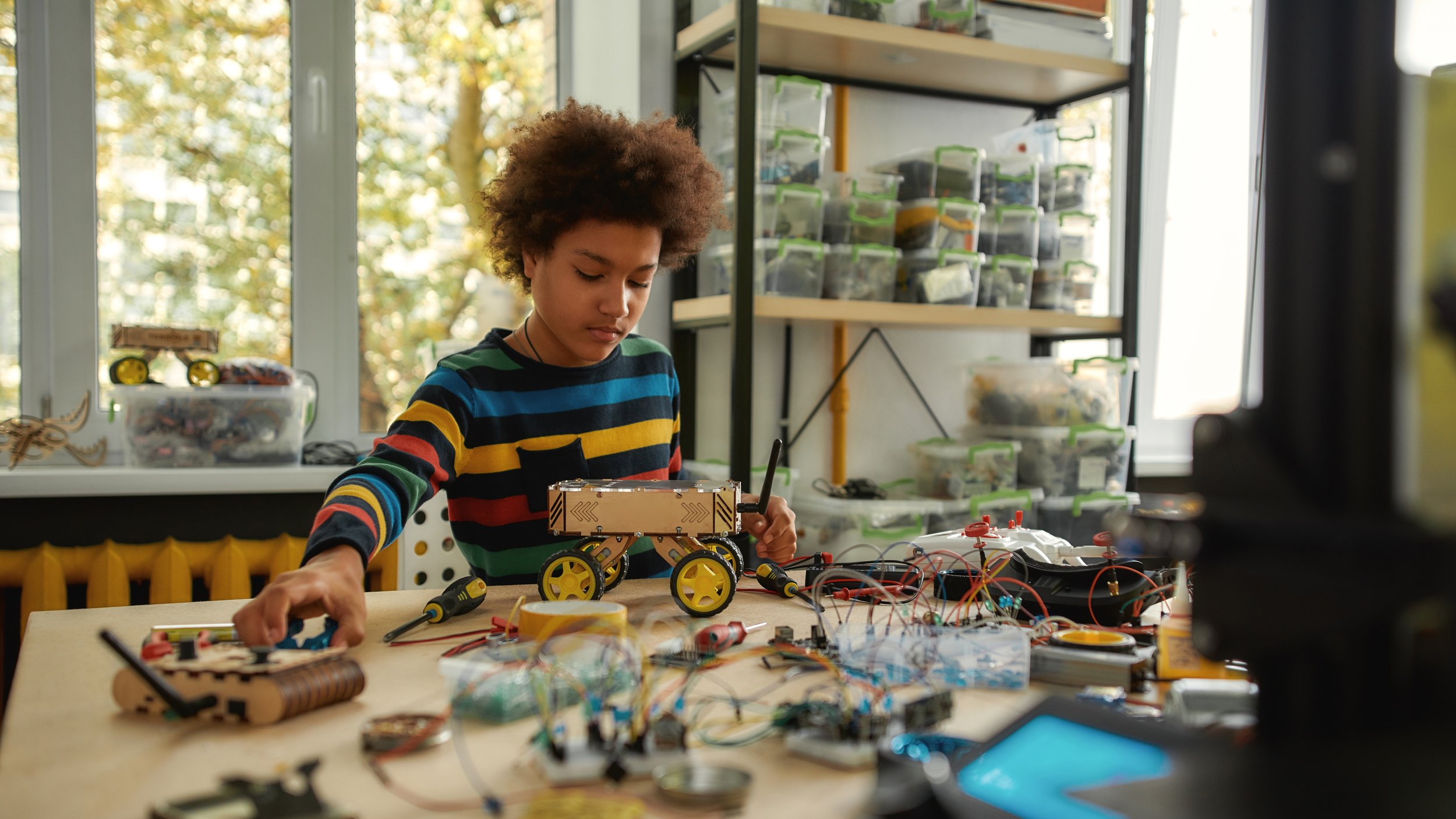




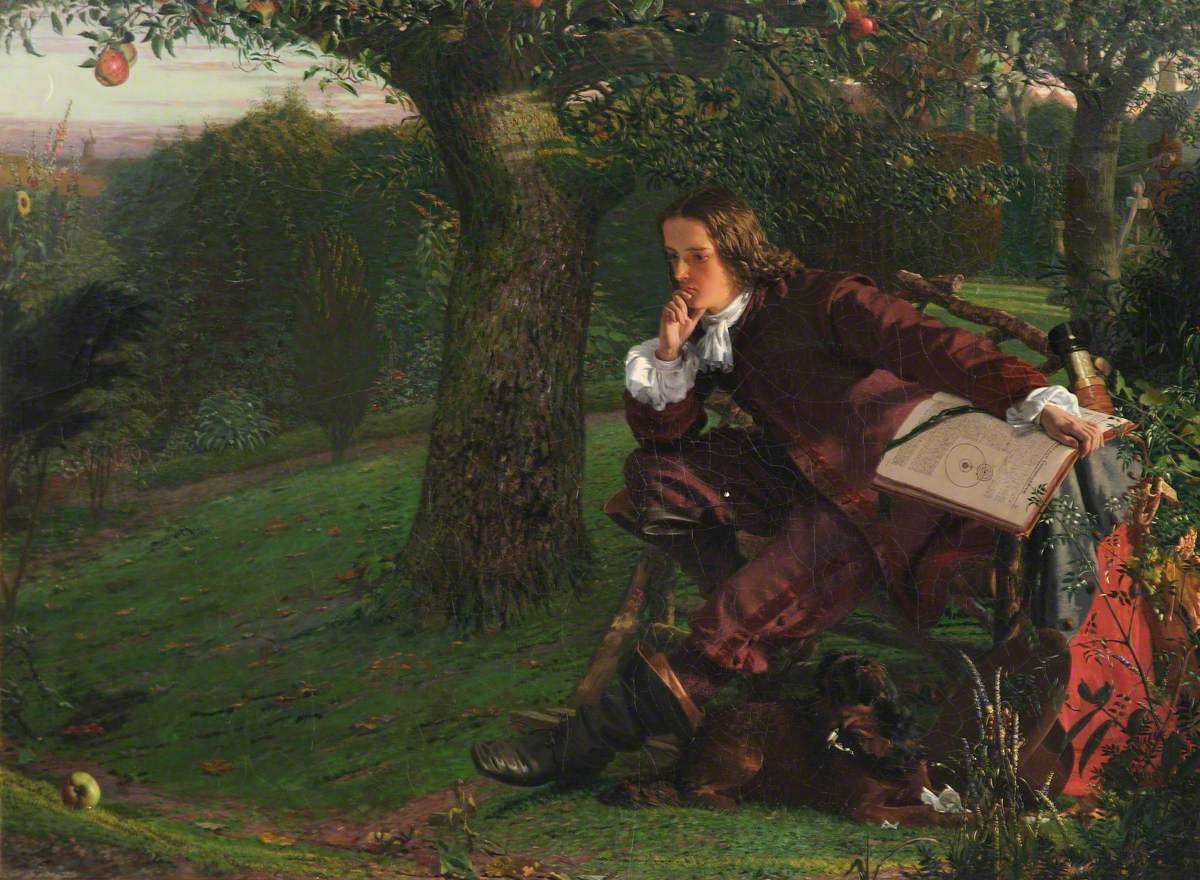


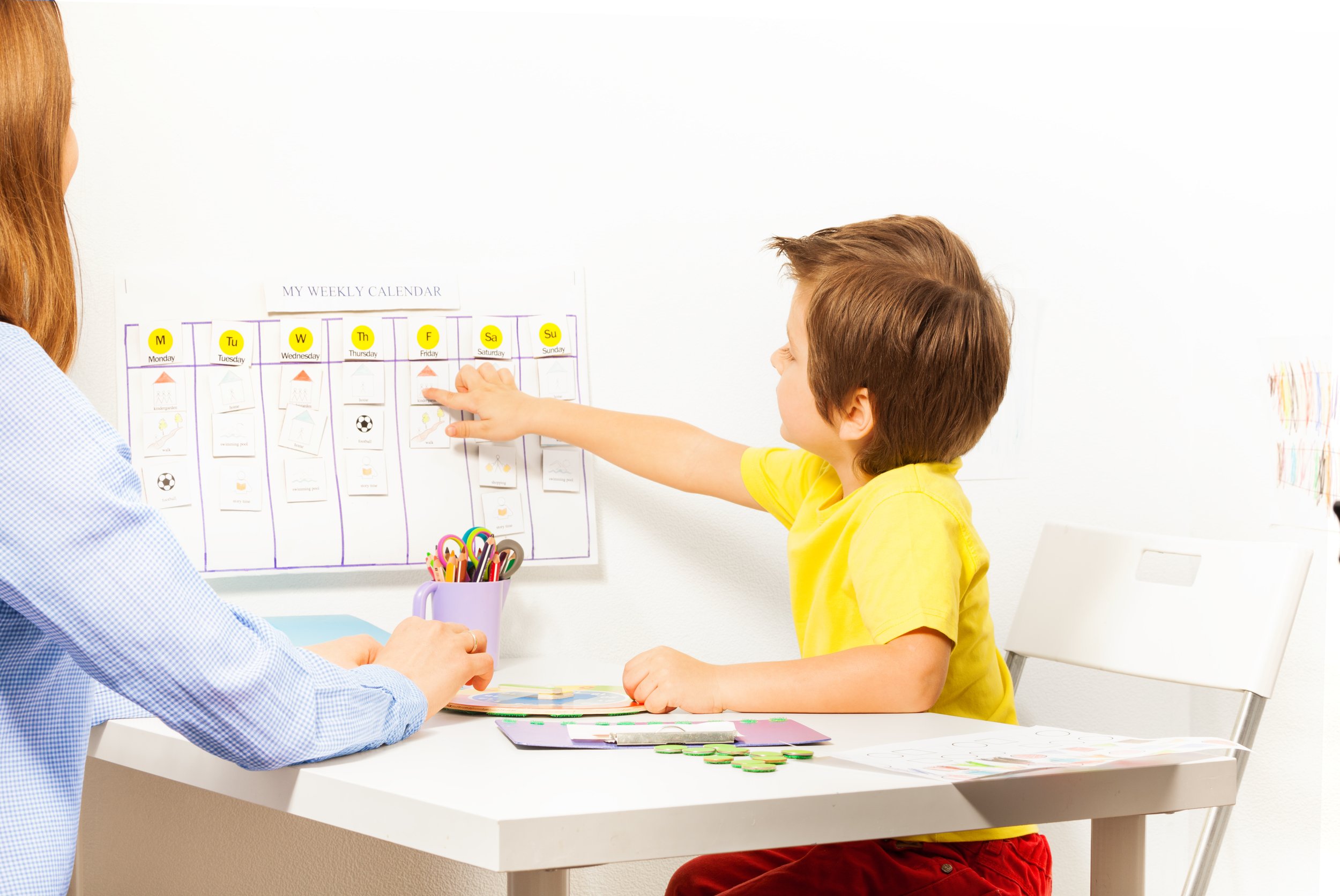






















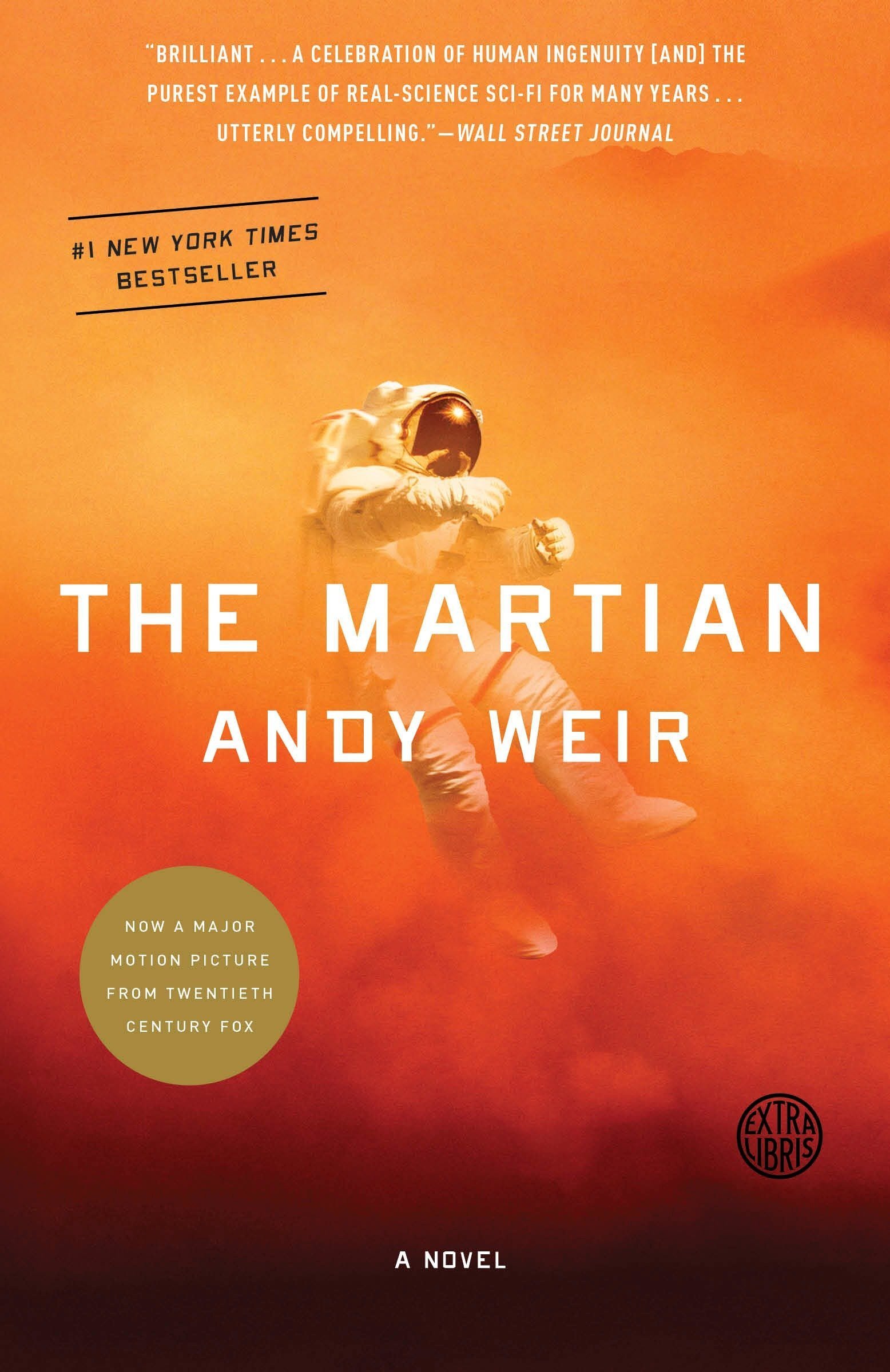







































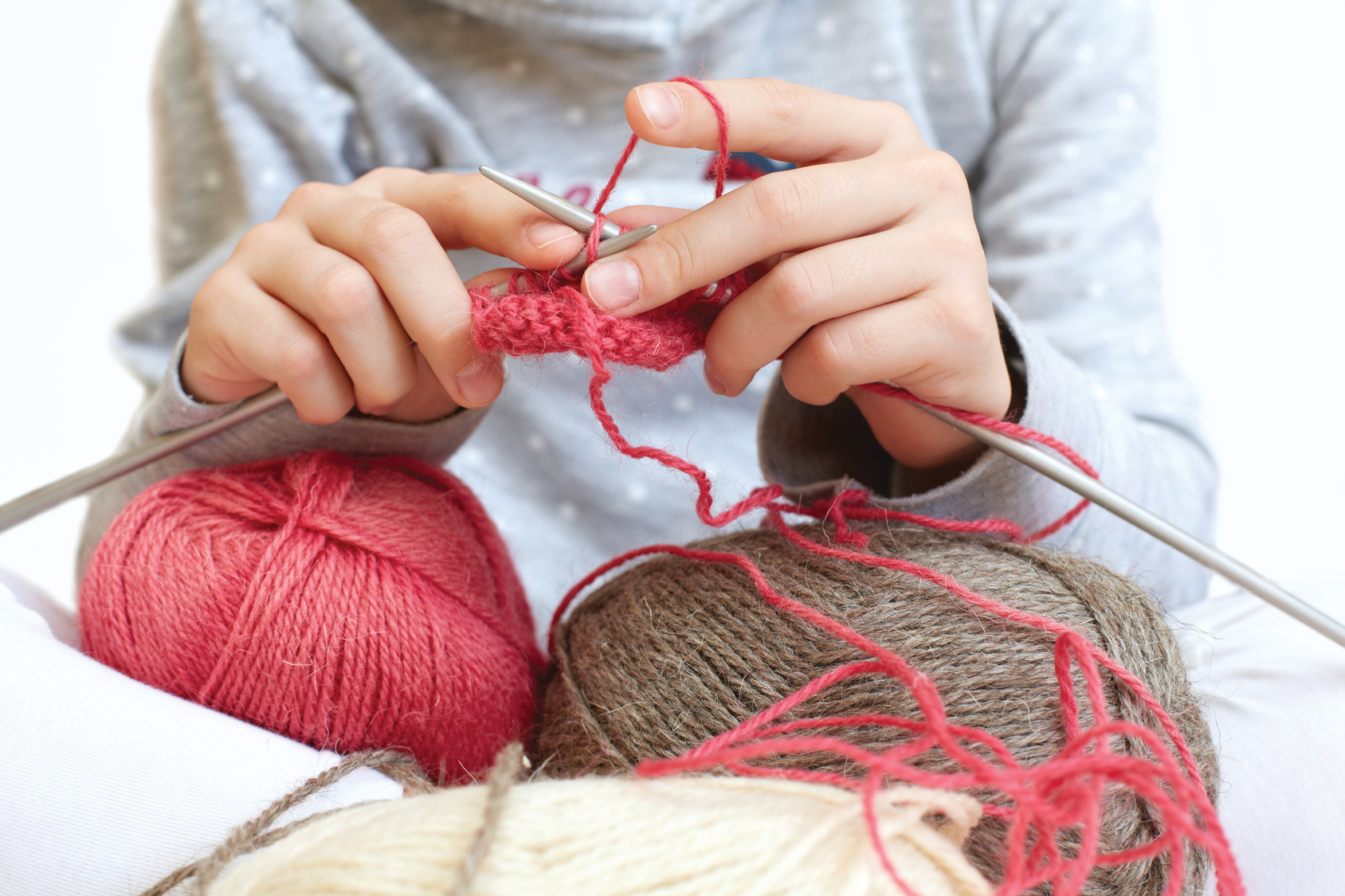












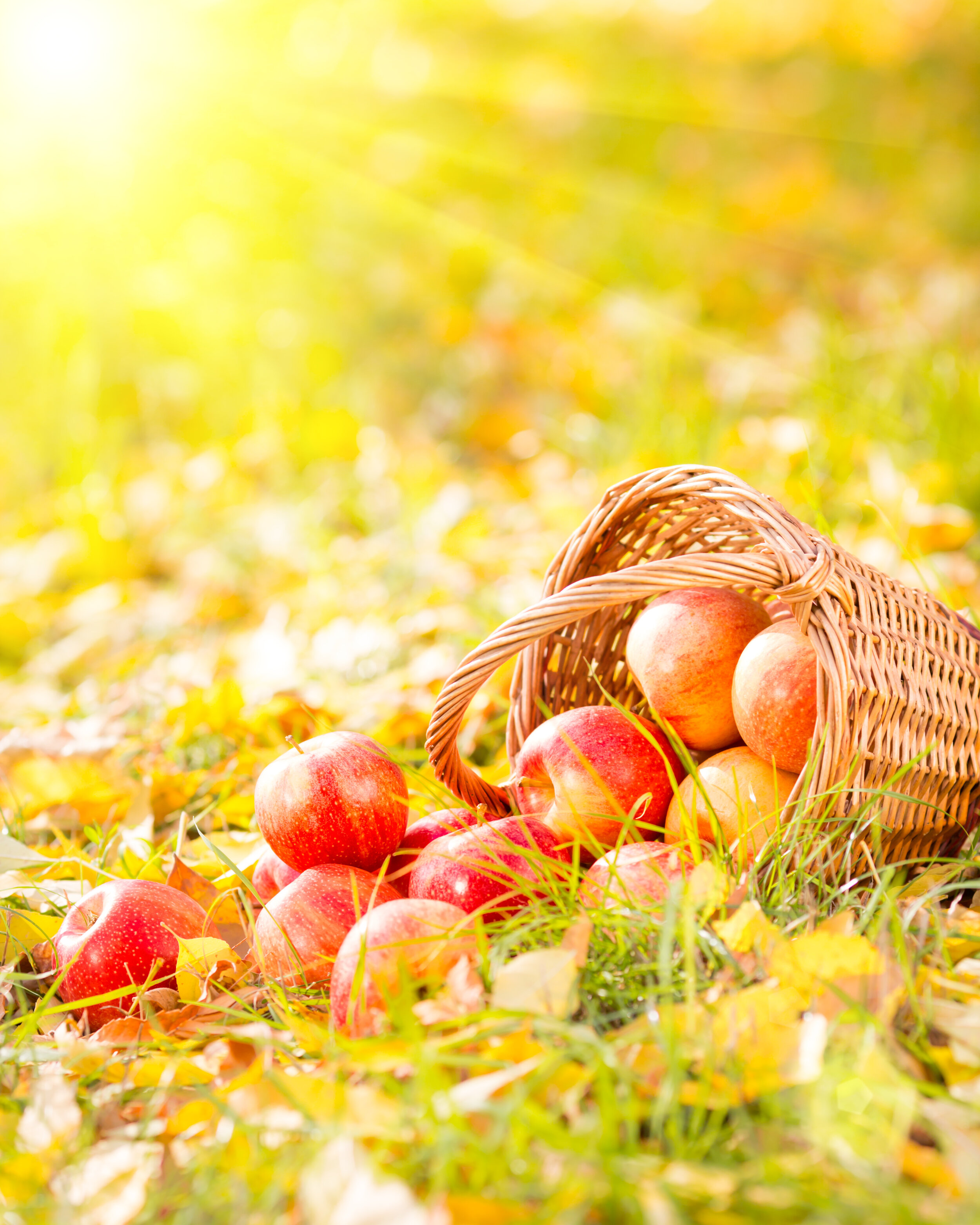
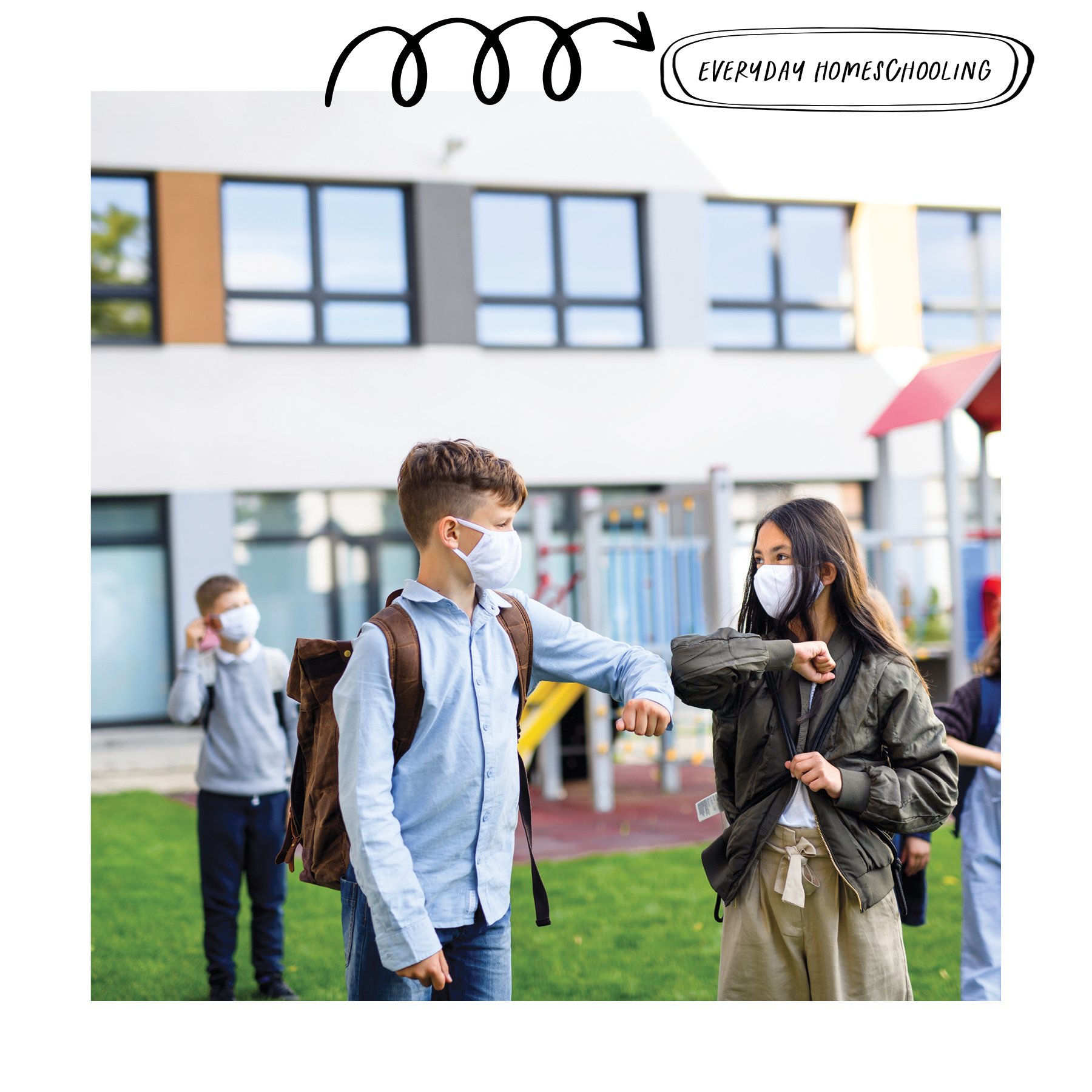




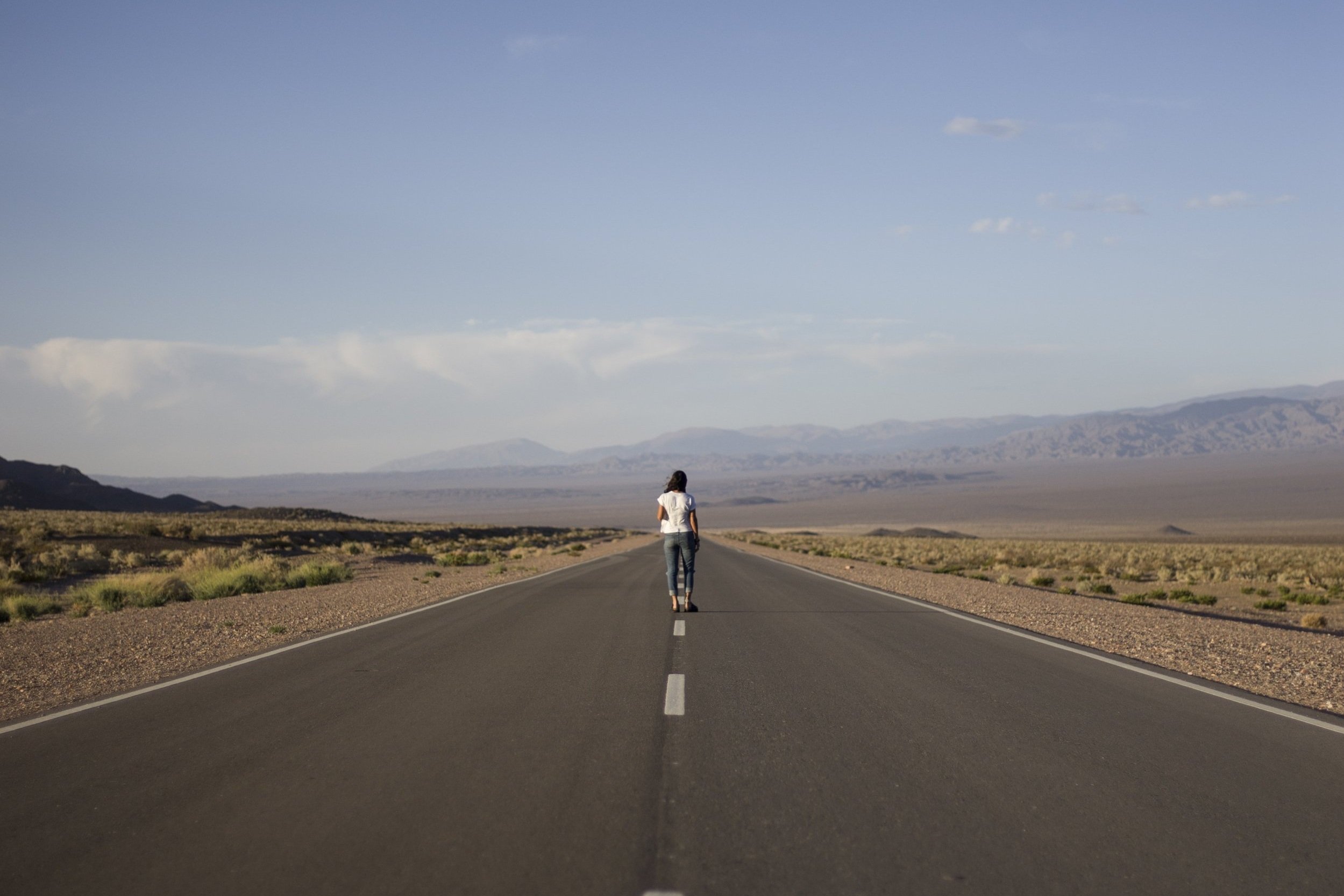



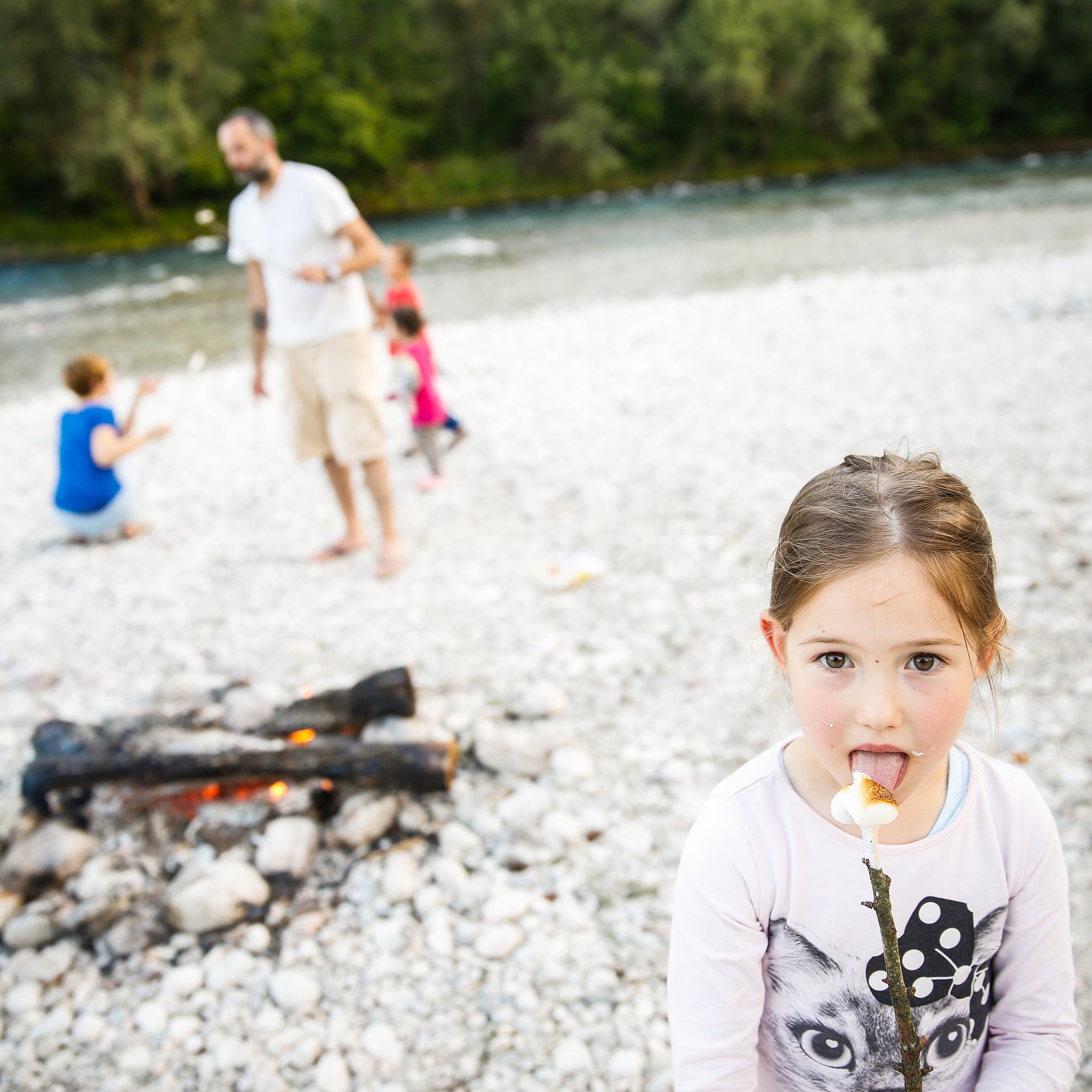














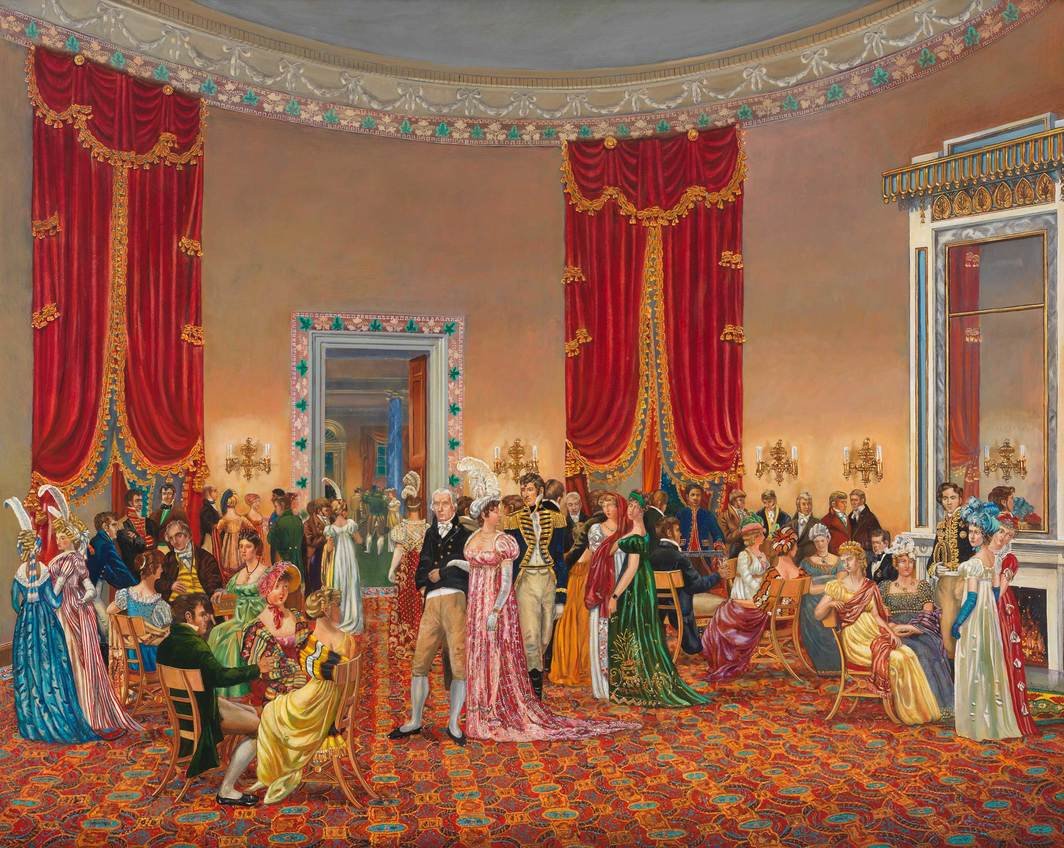

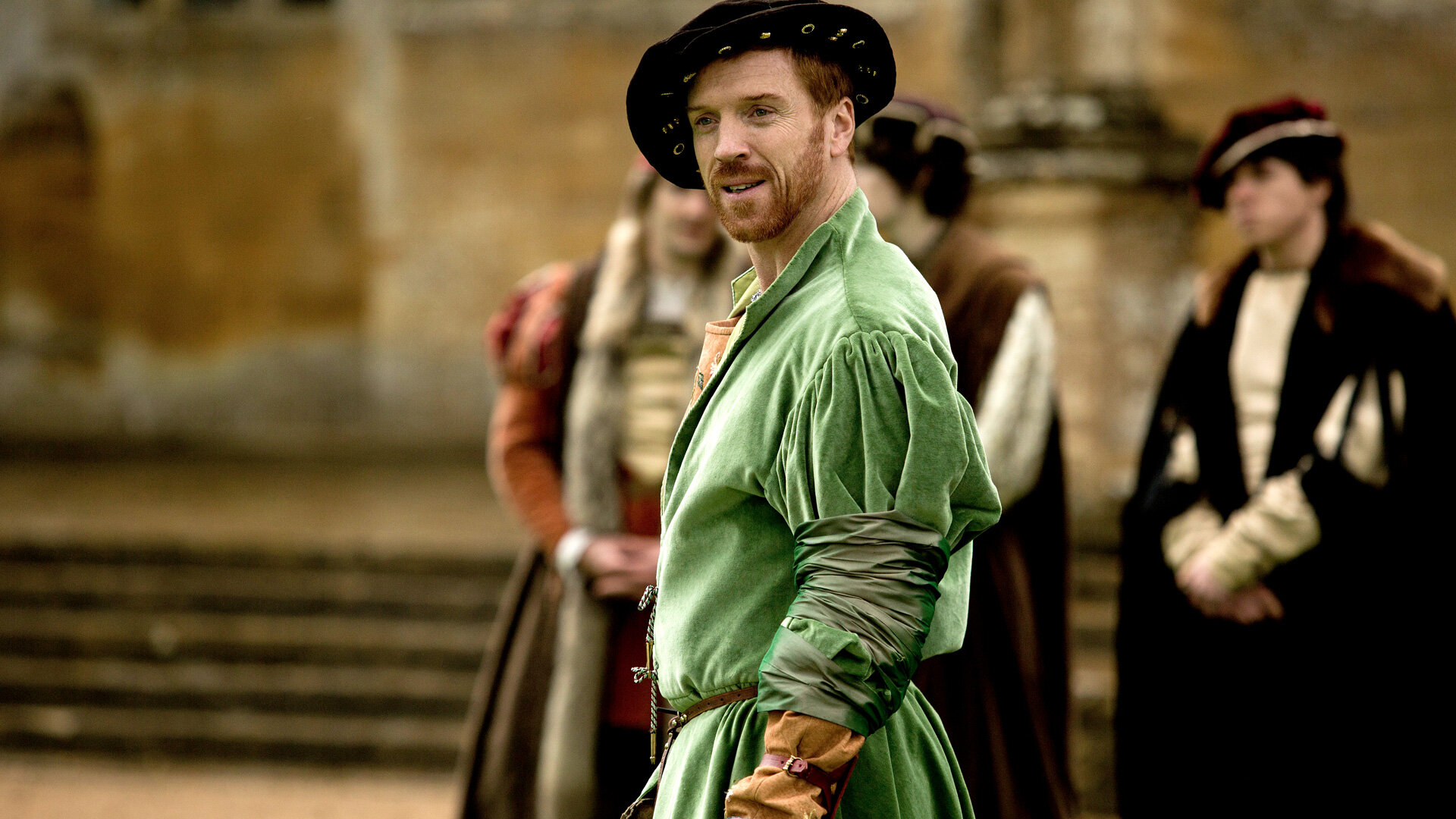















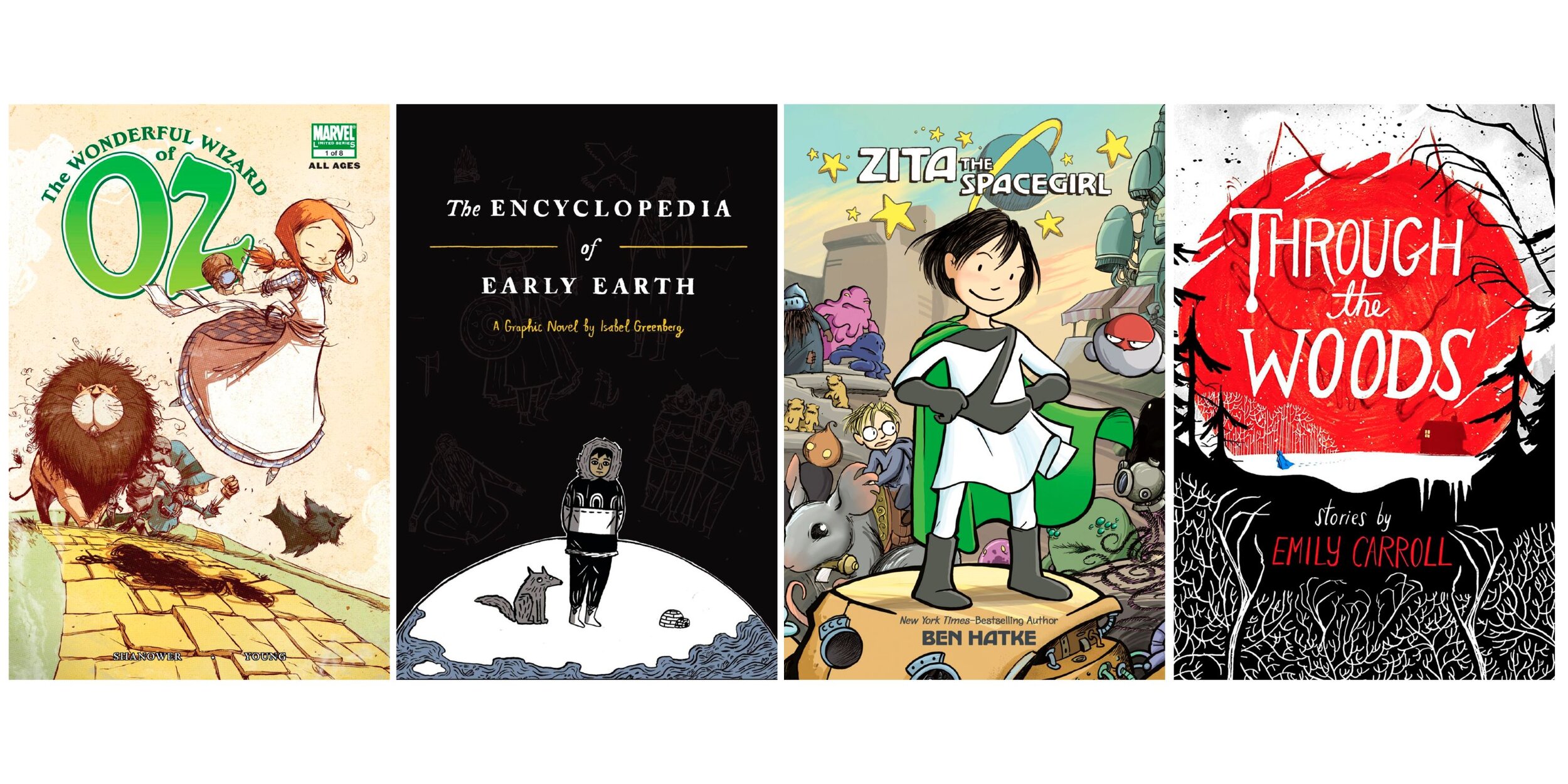
























































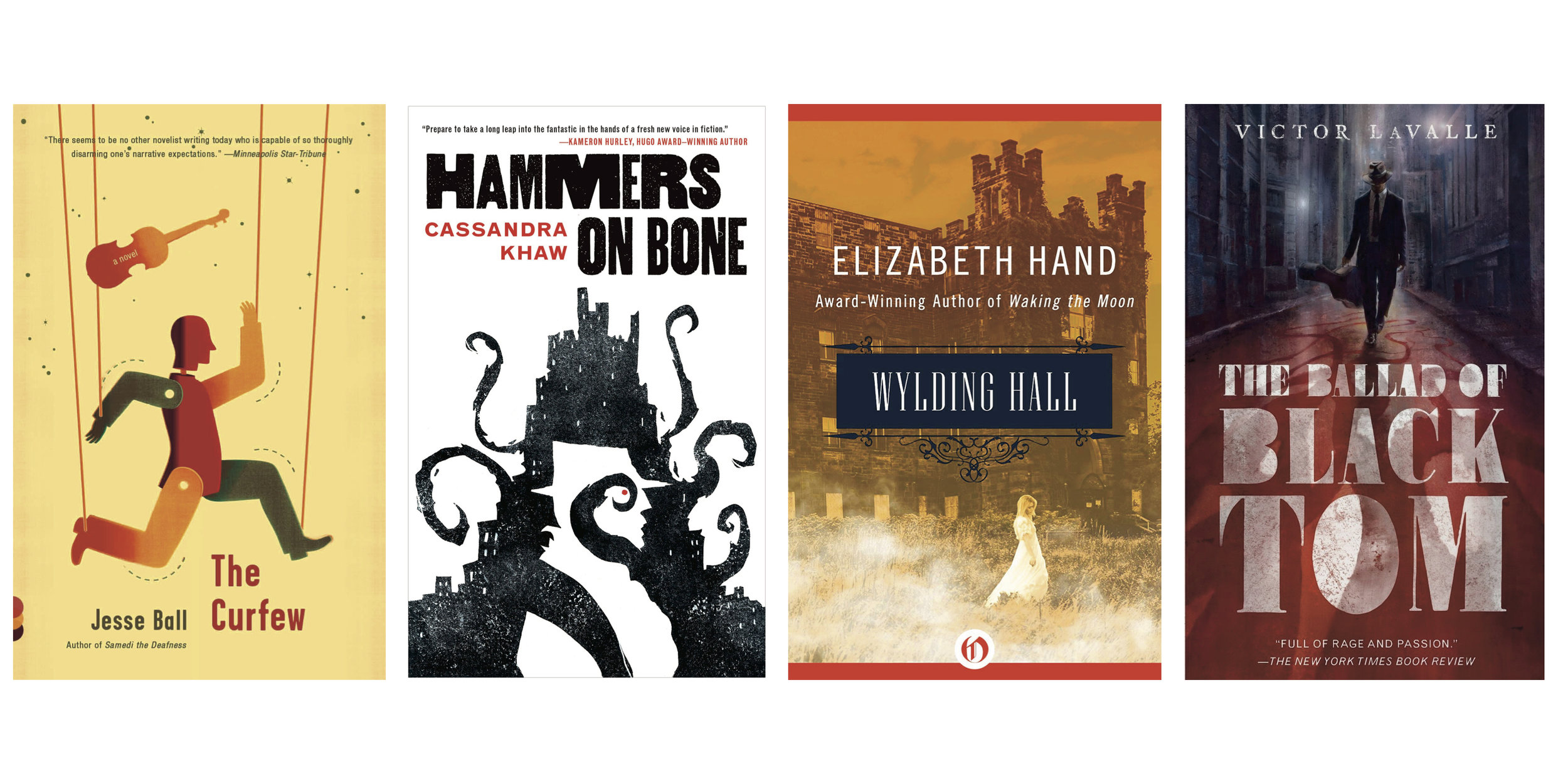






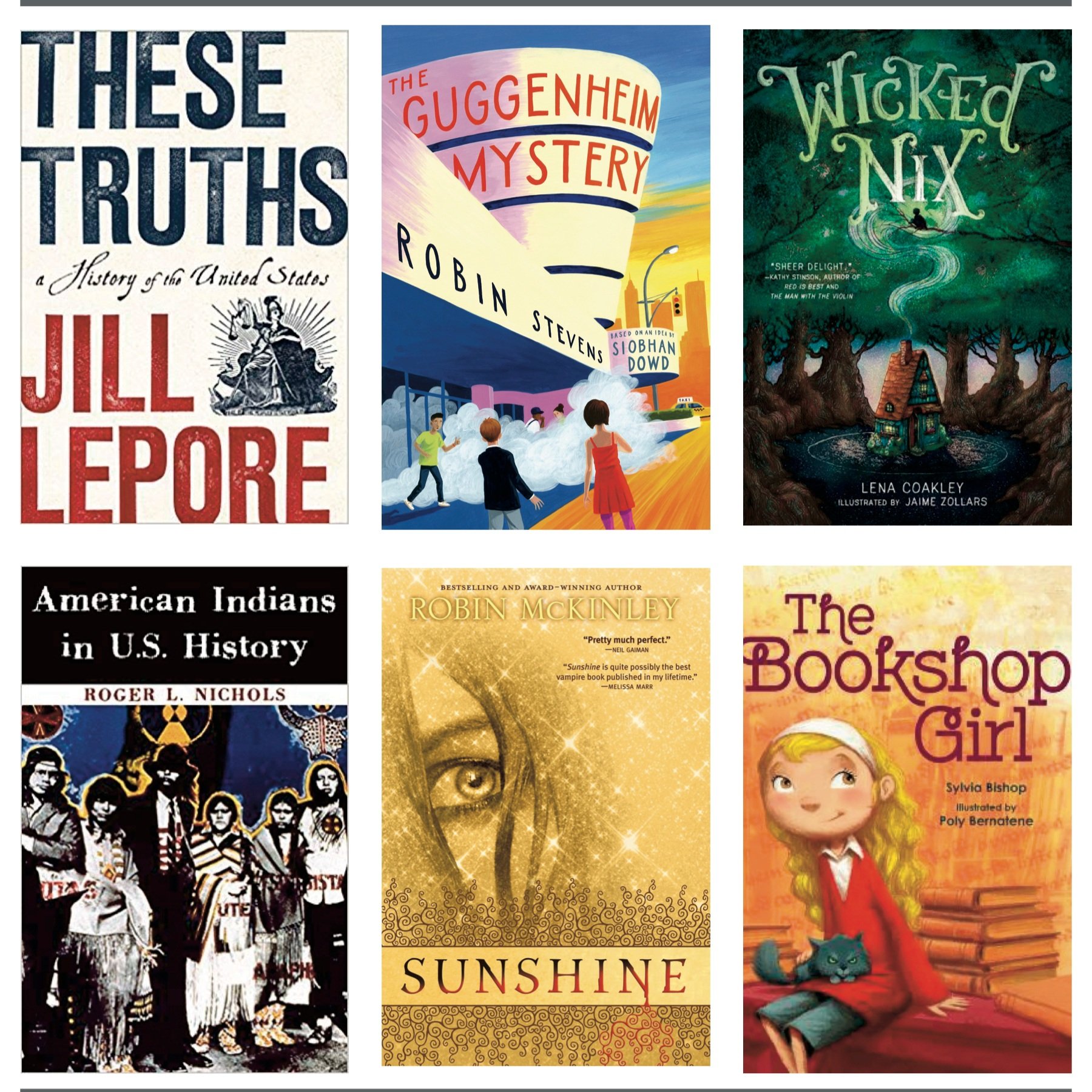











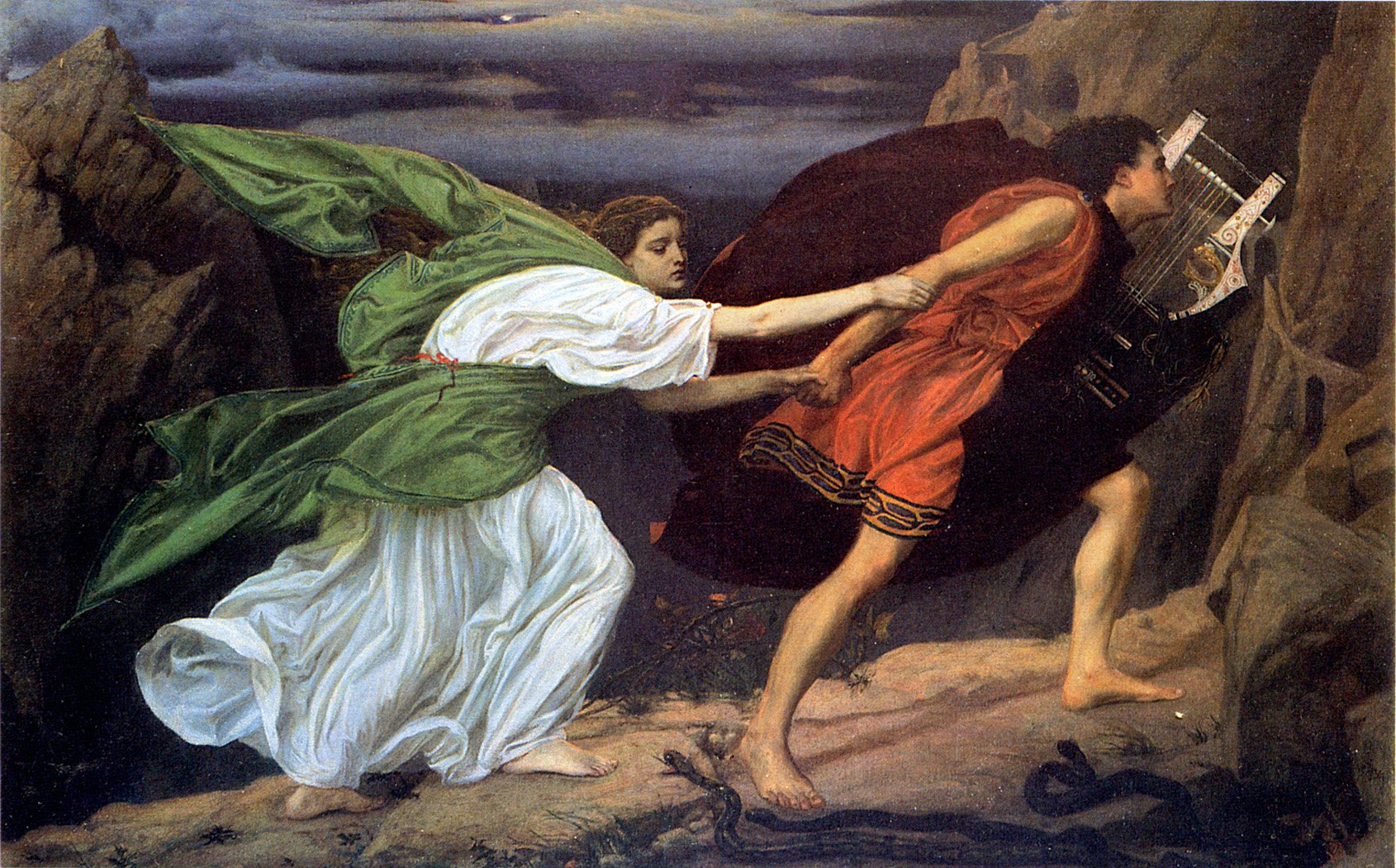
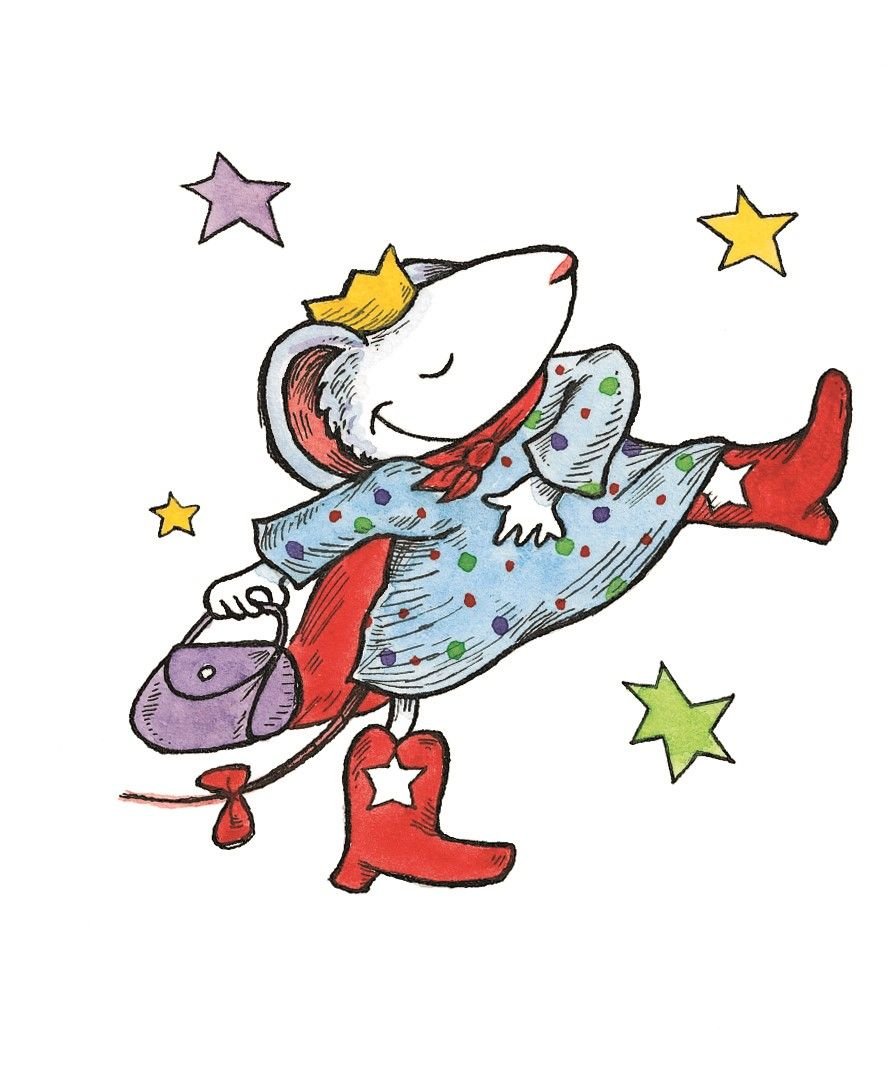
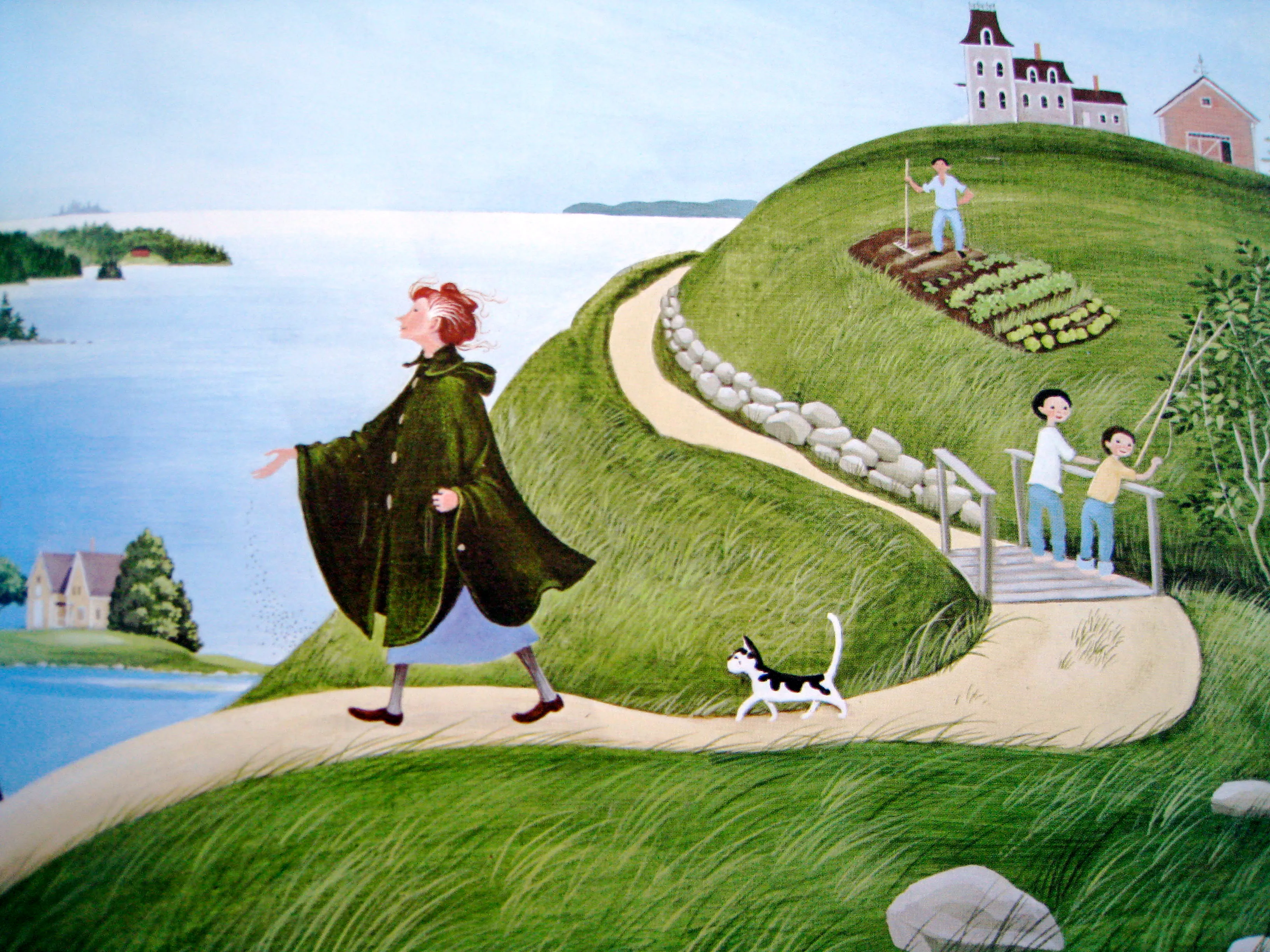


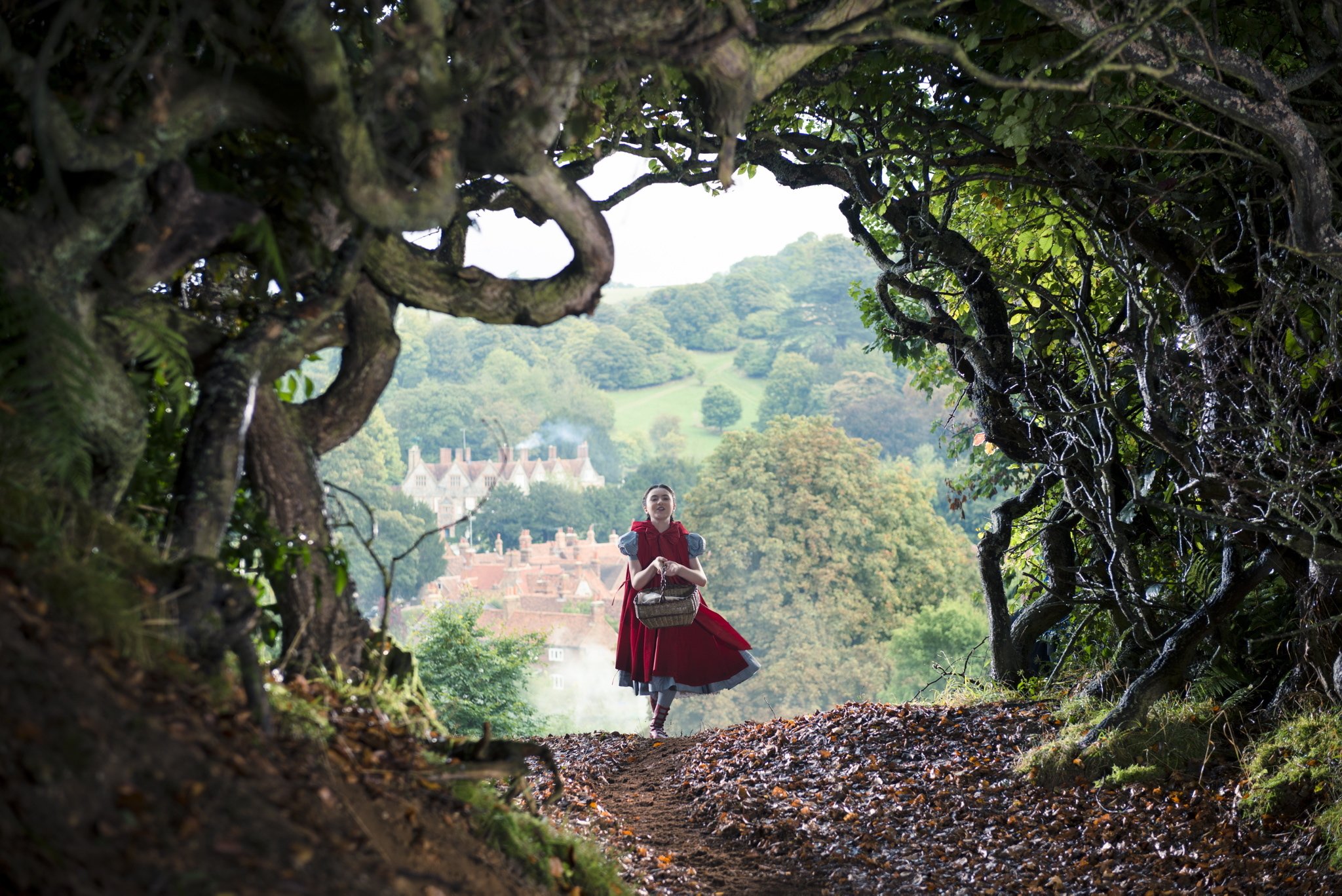

















Covid cases are spiking, and lots of secular homeschool families are still navigating social activities with extra caution. Having clear policies for homeschool co-ops and get-togethers can help all the folks in your community make the best choices for their families.